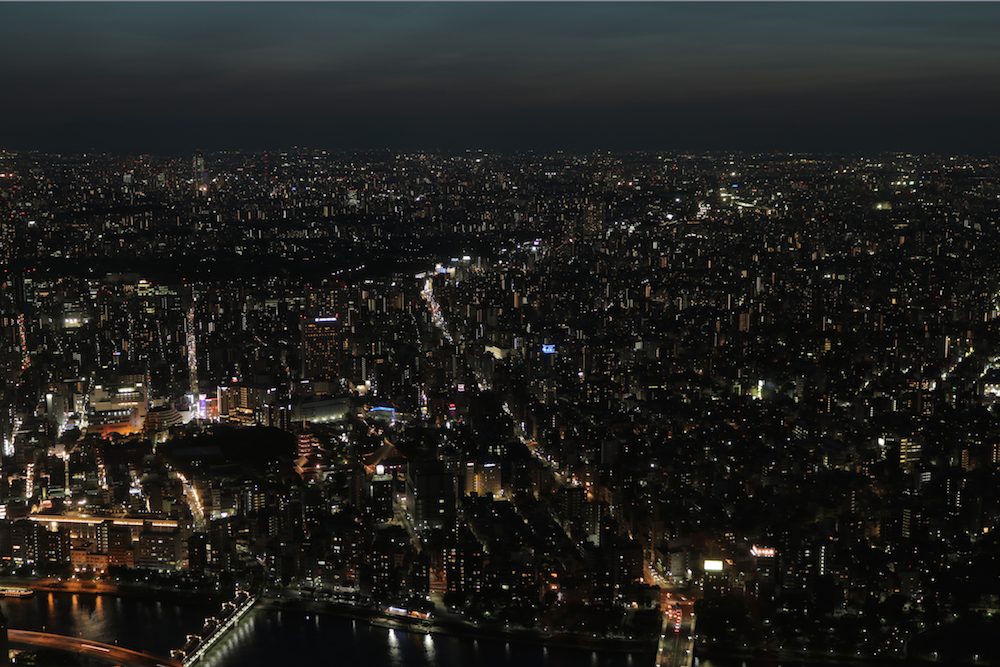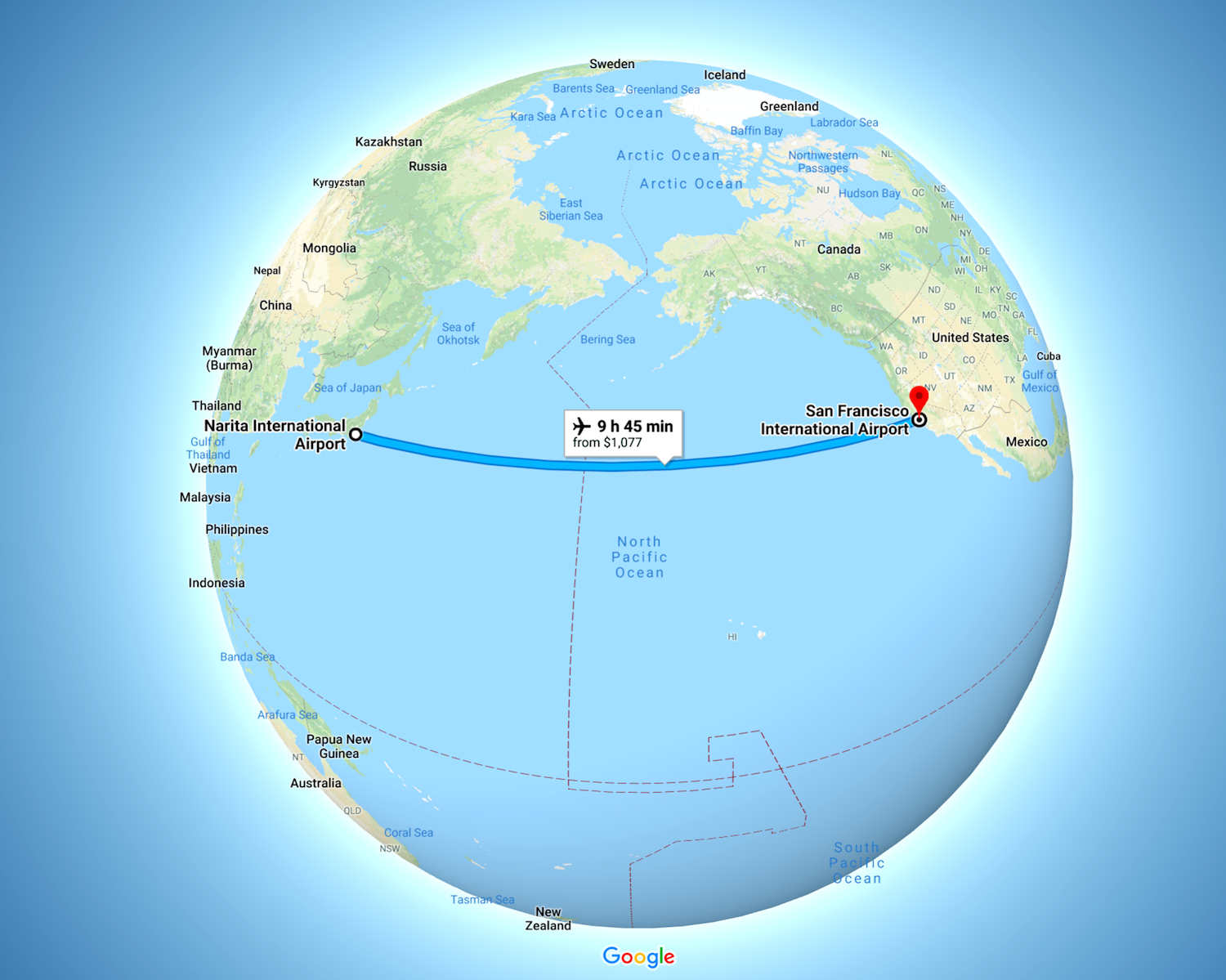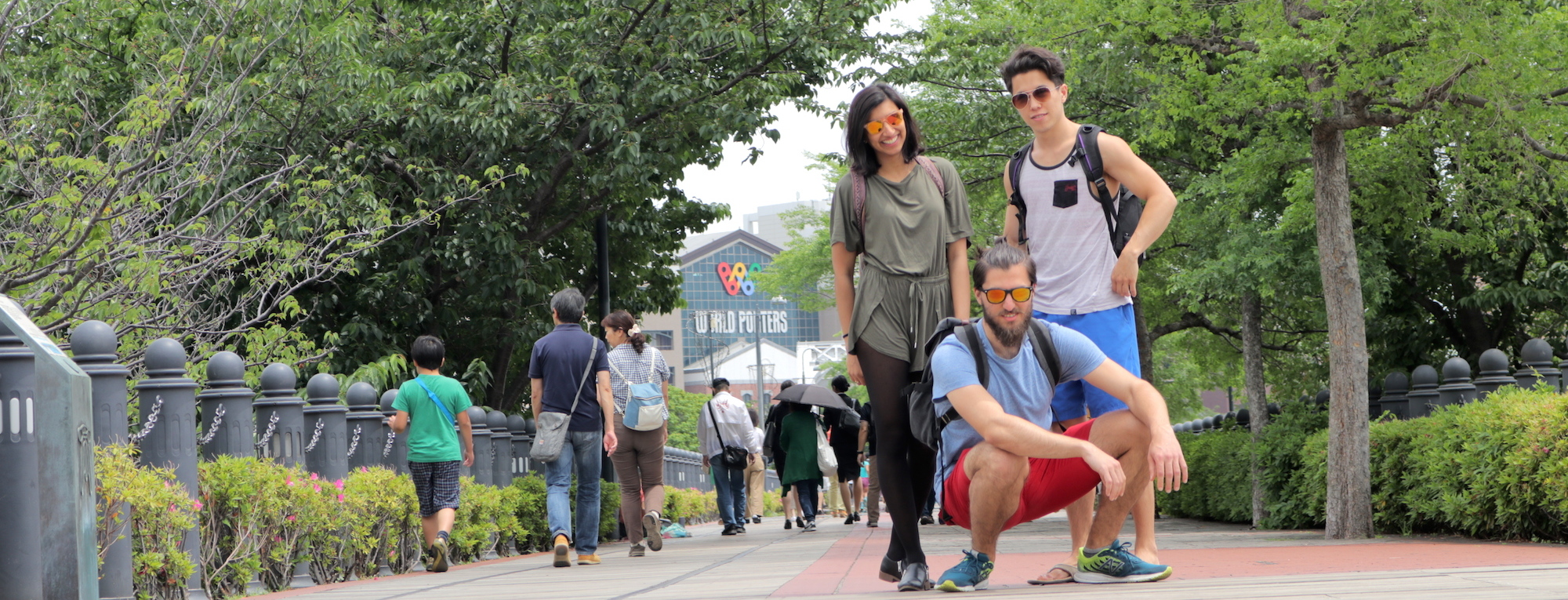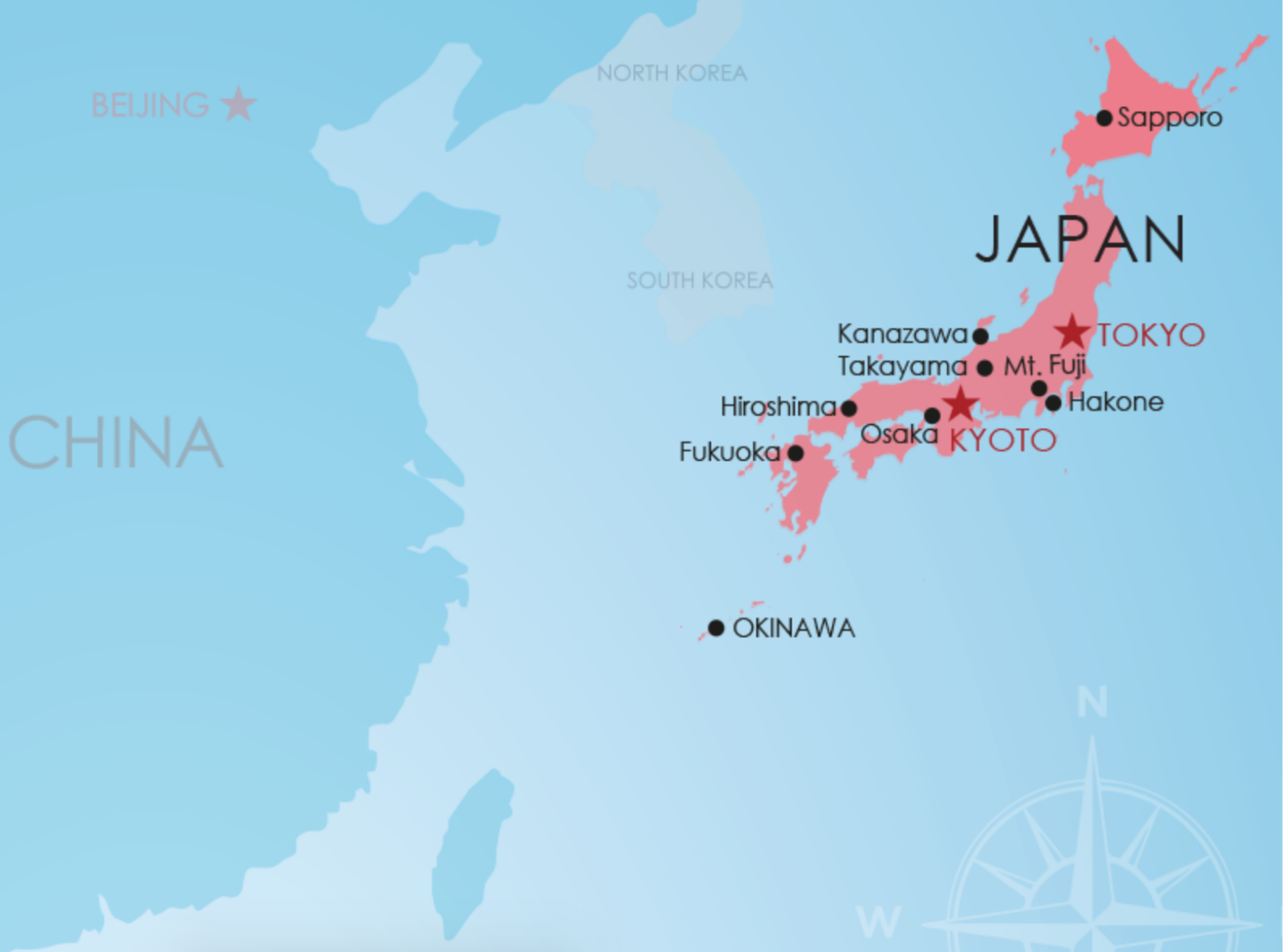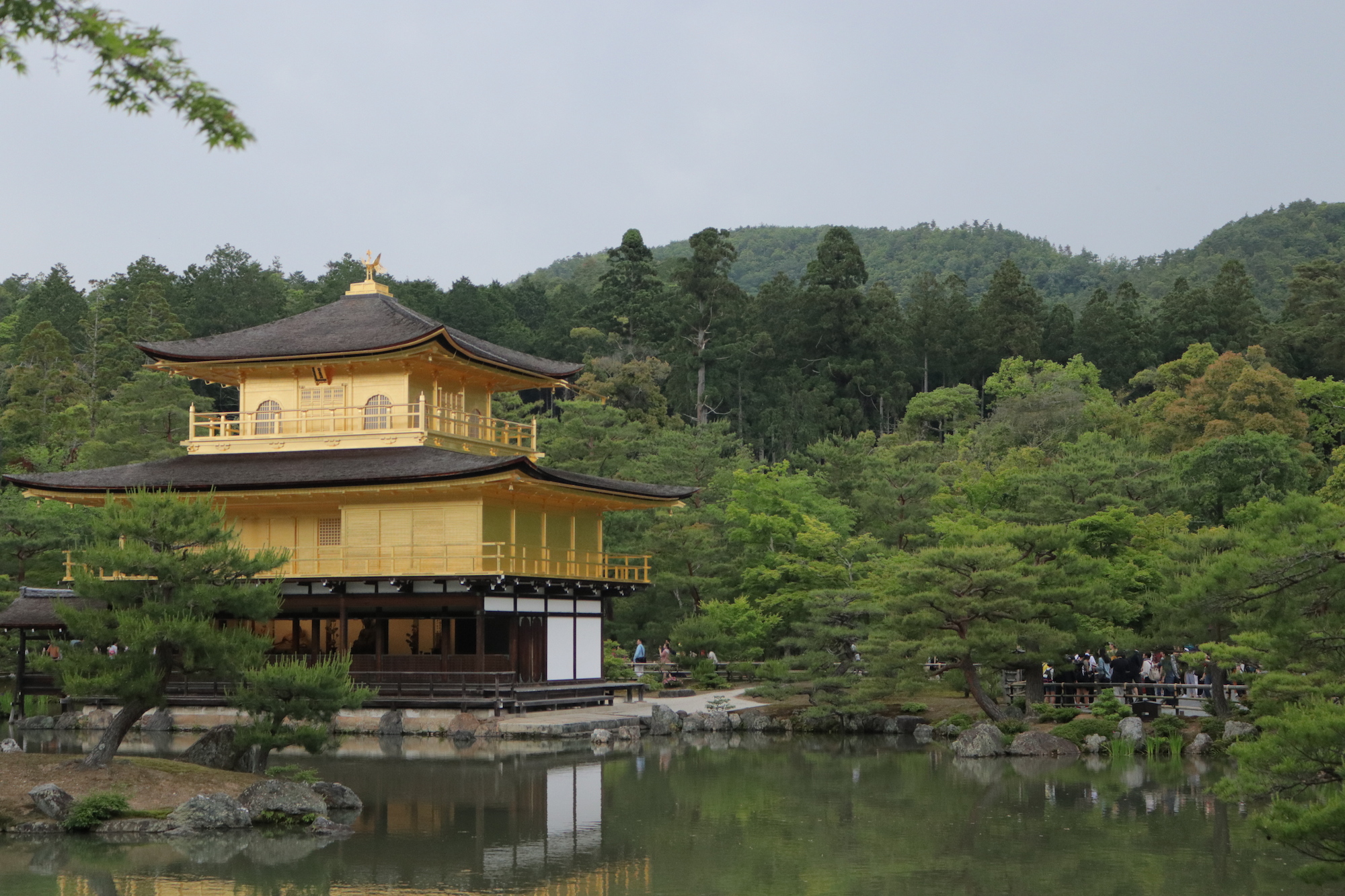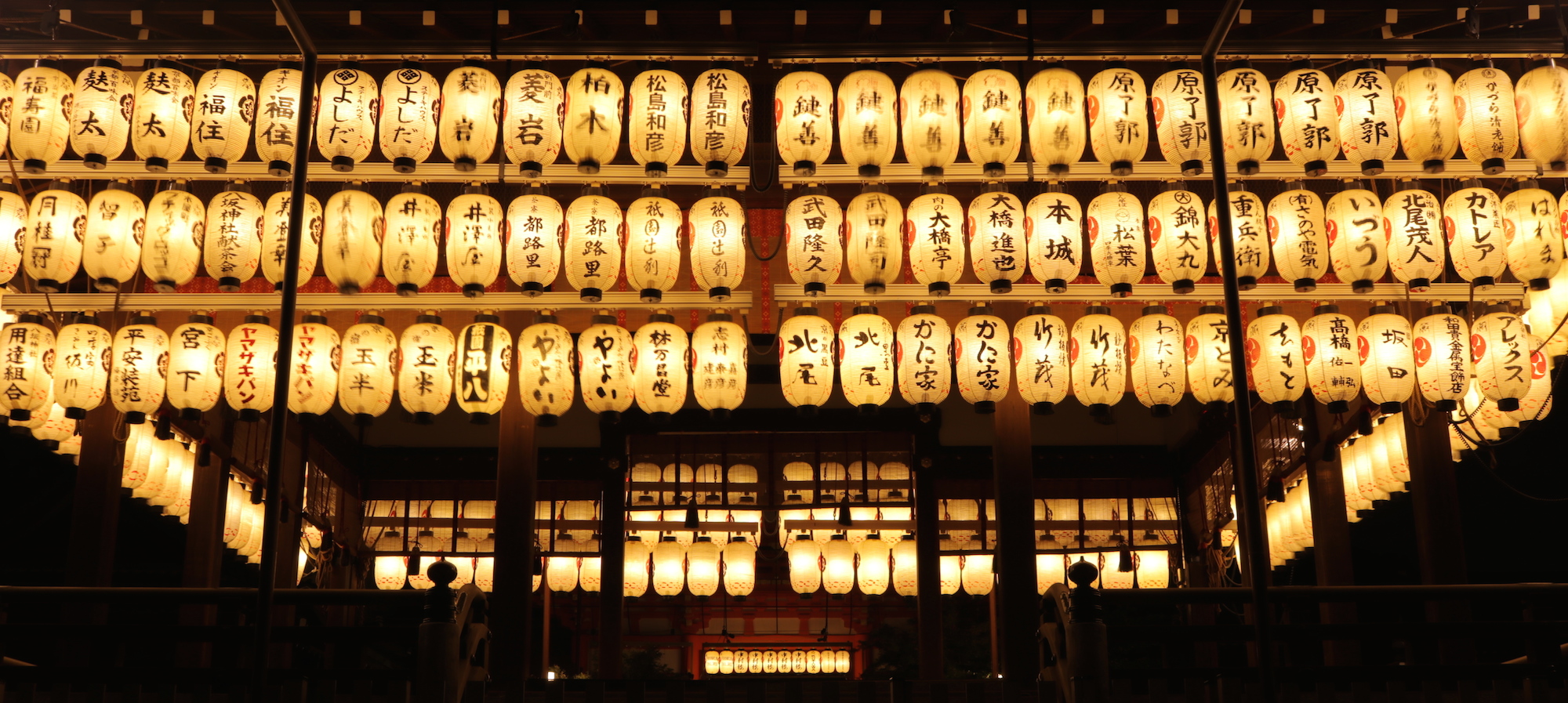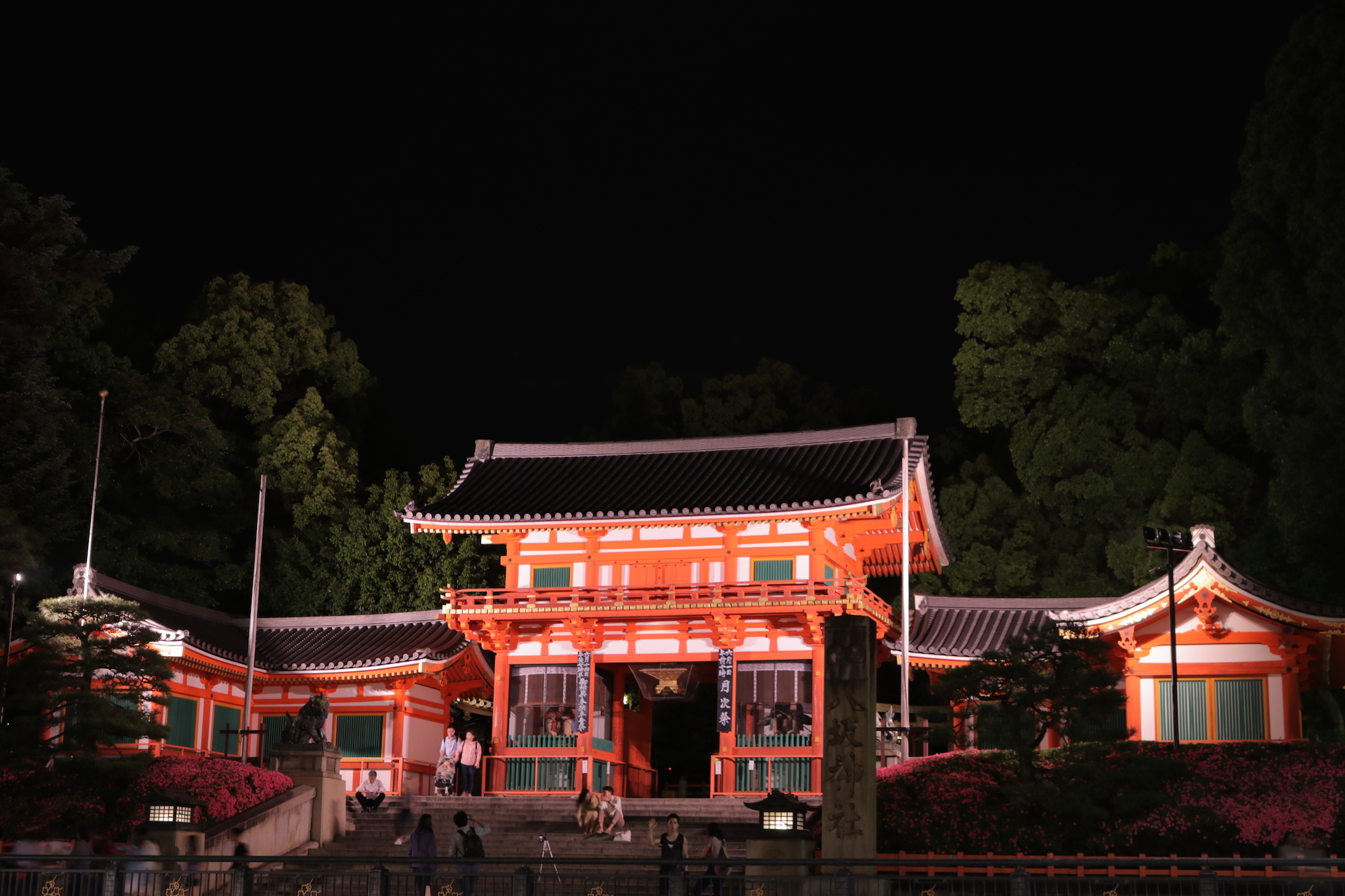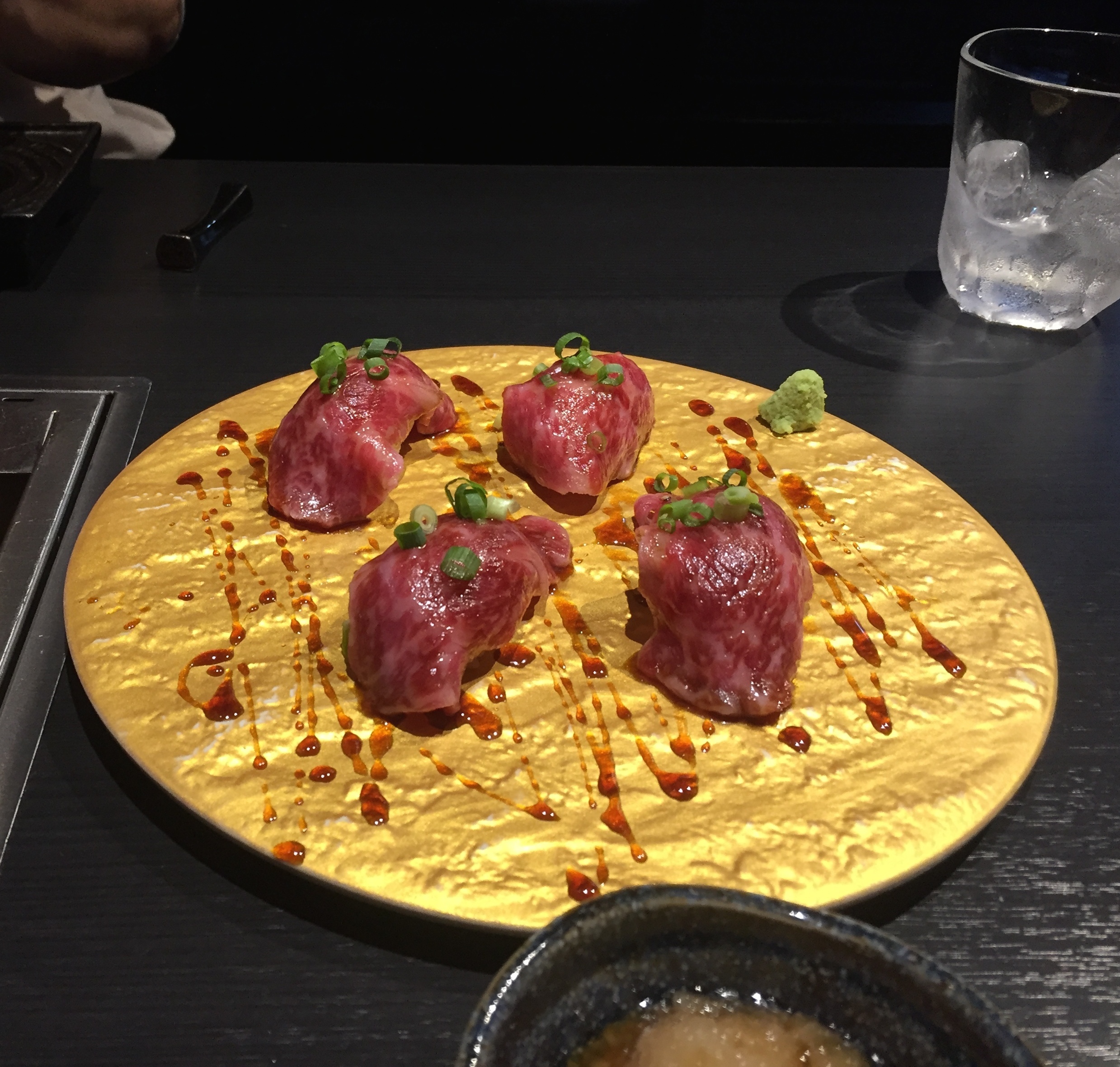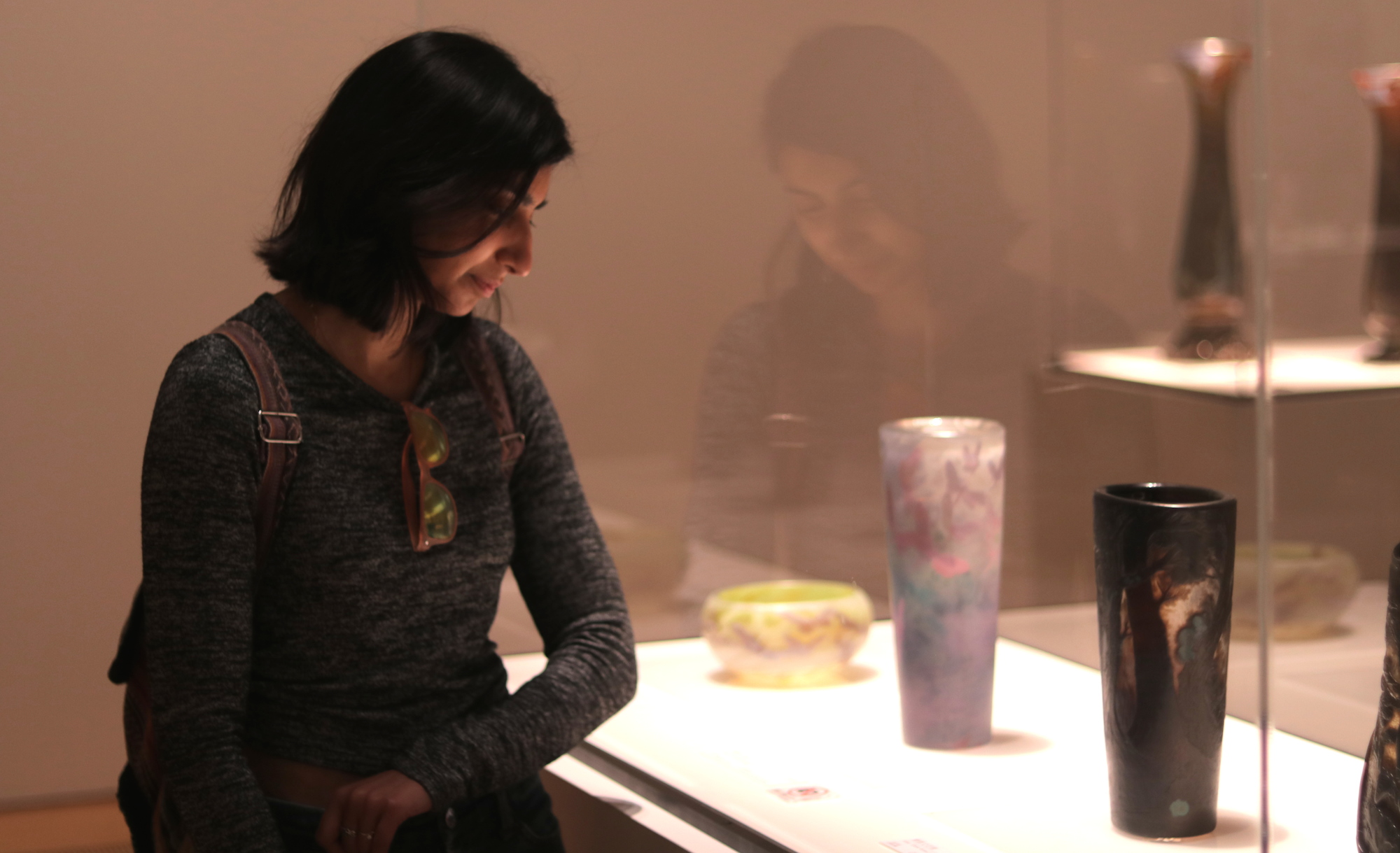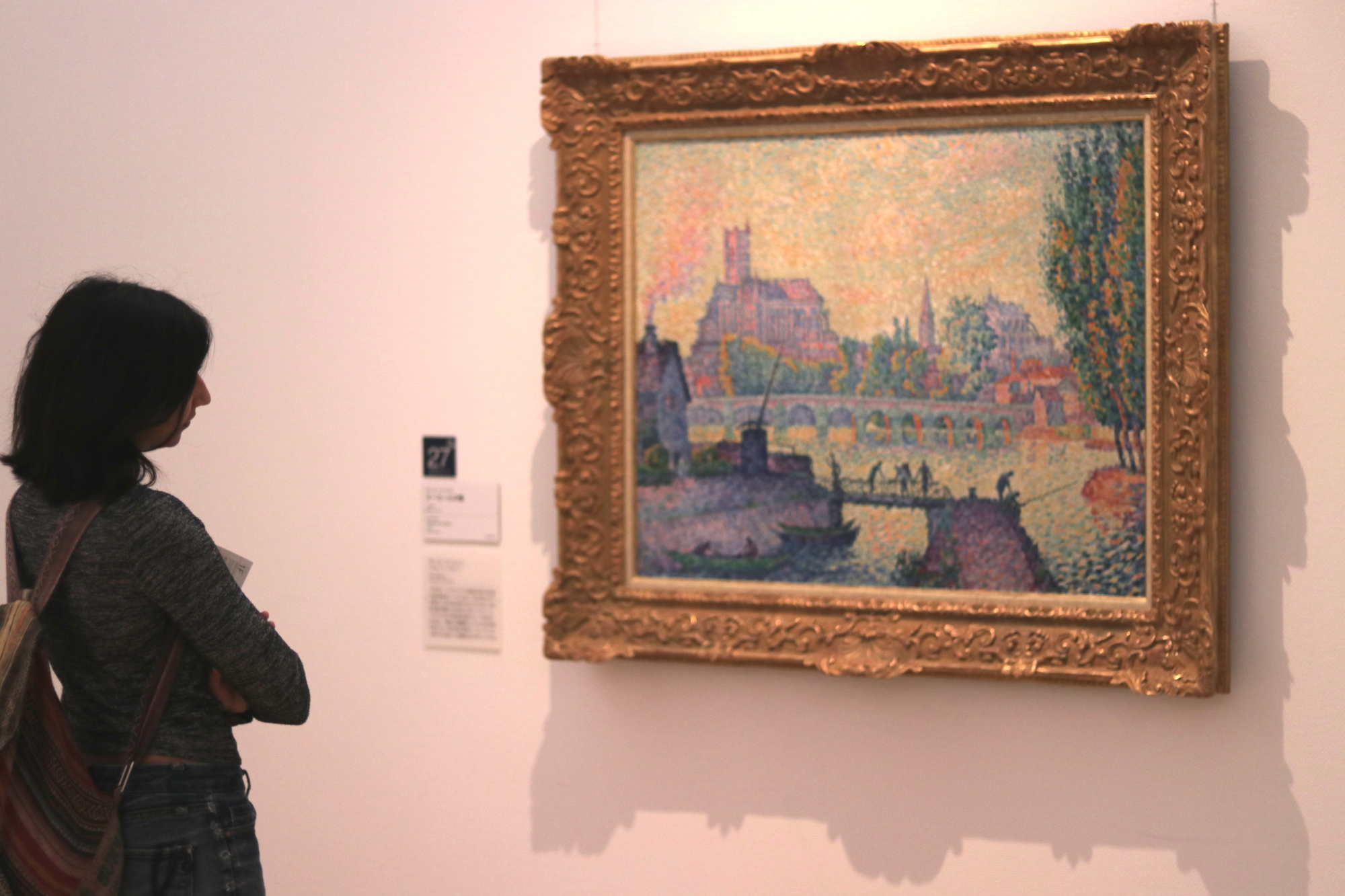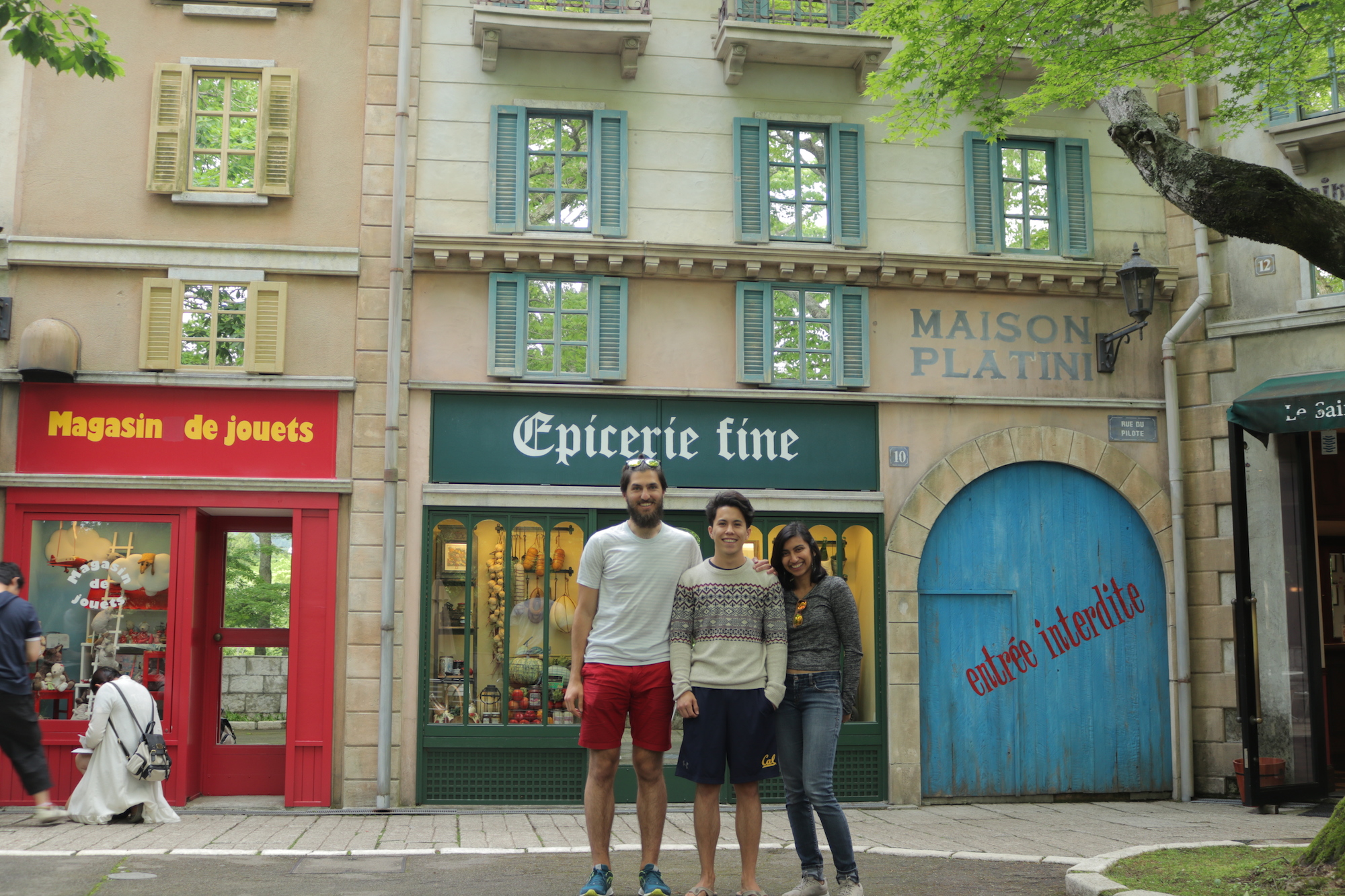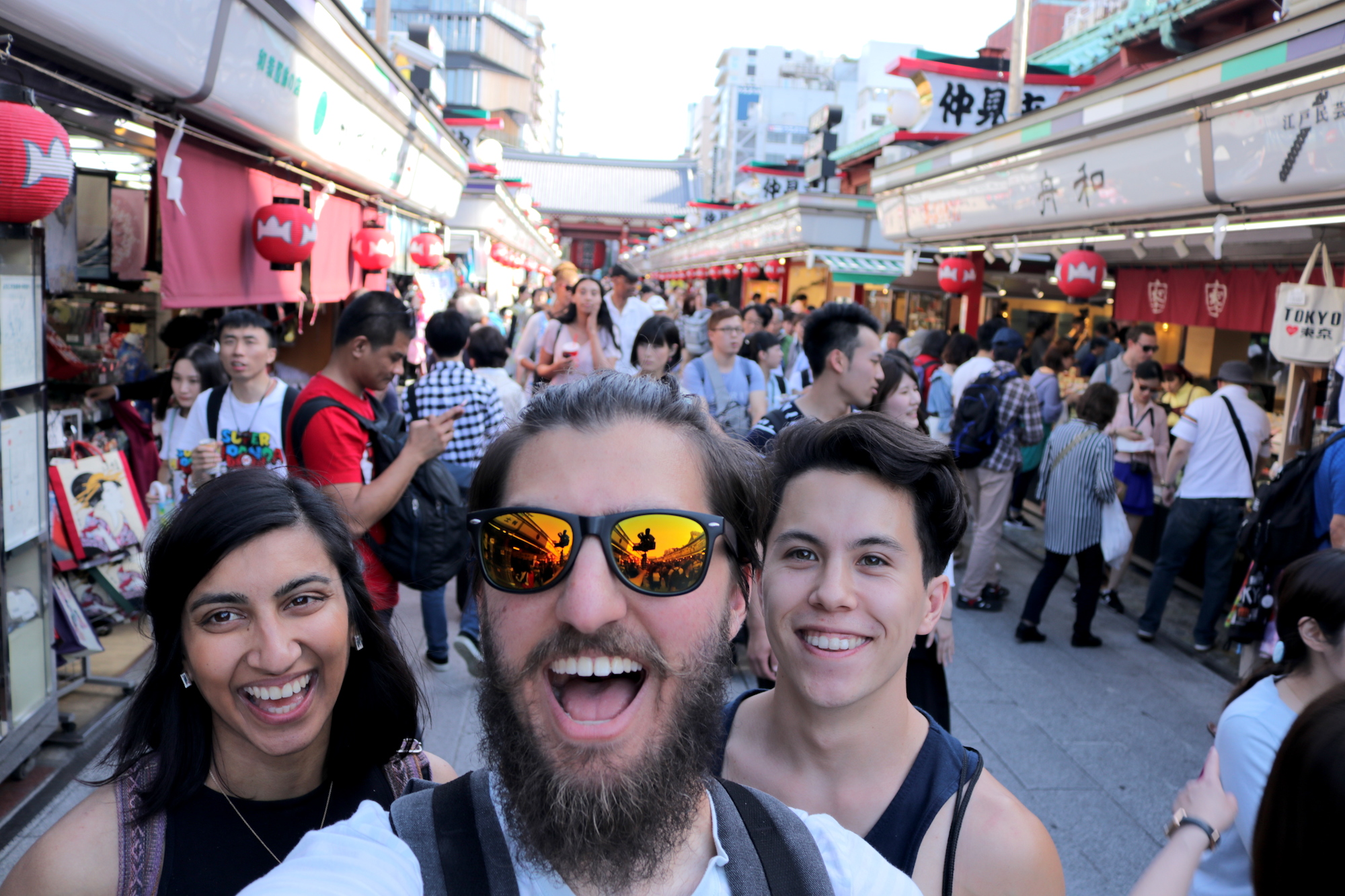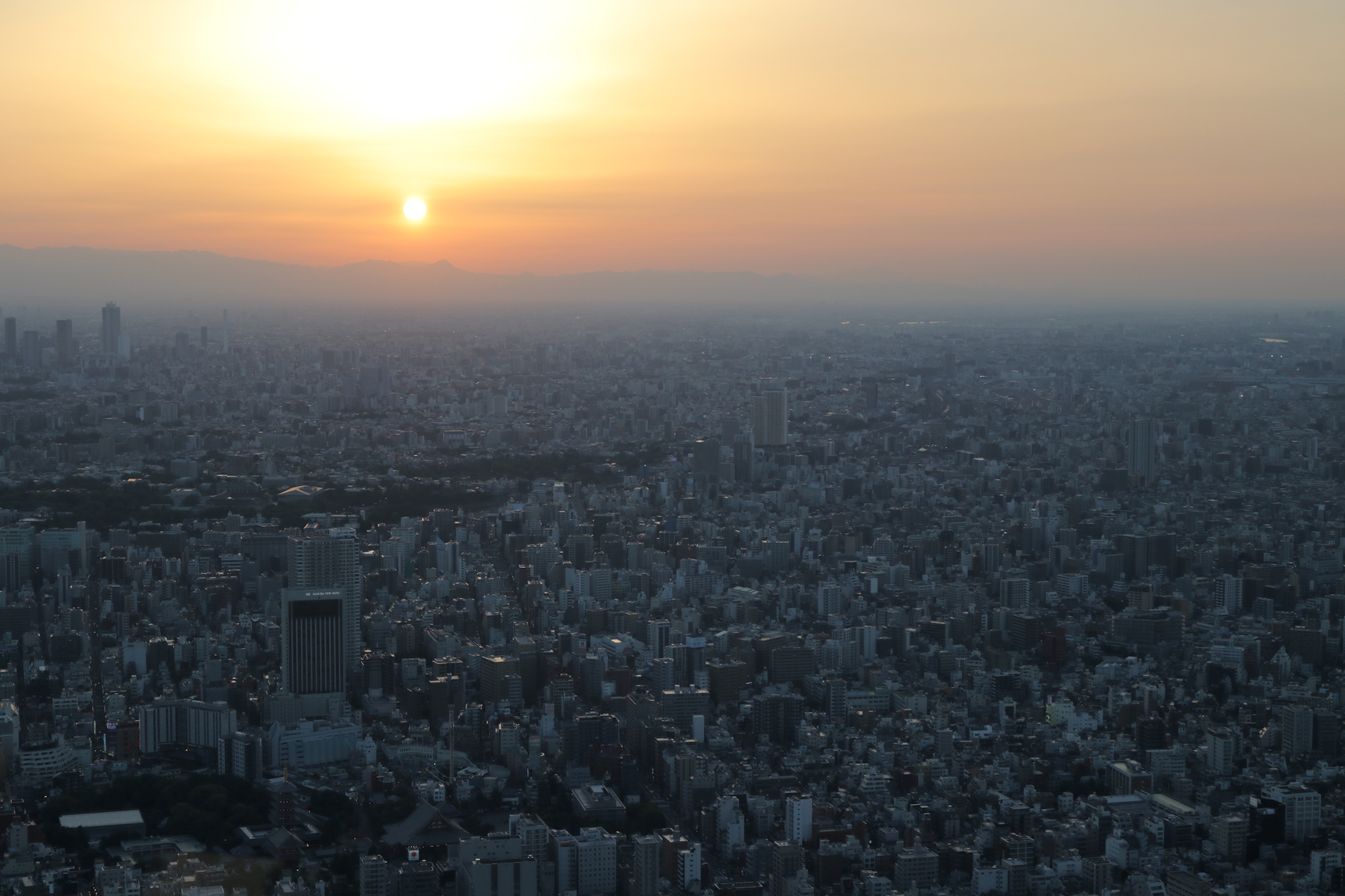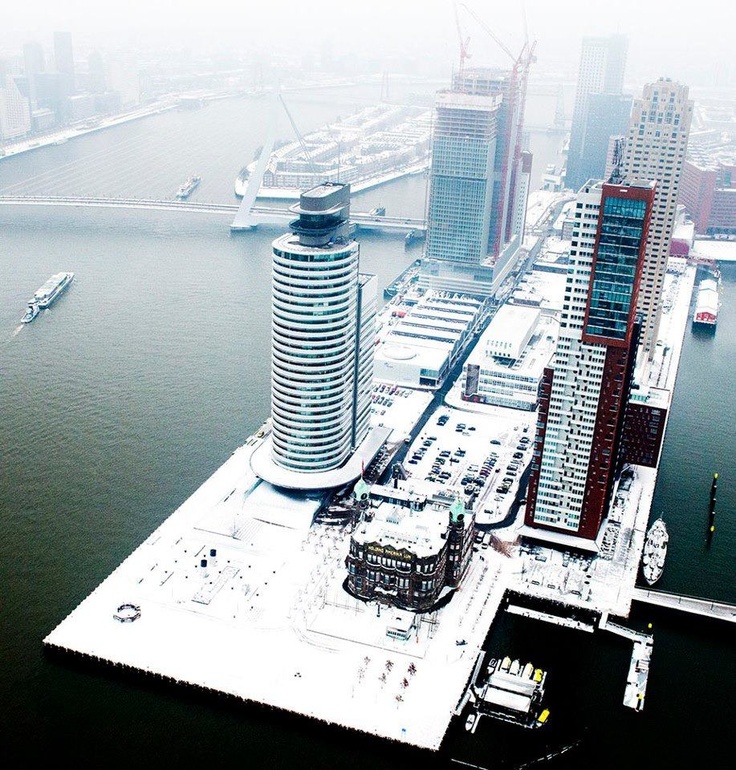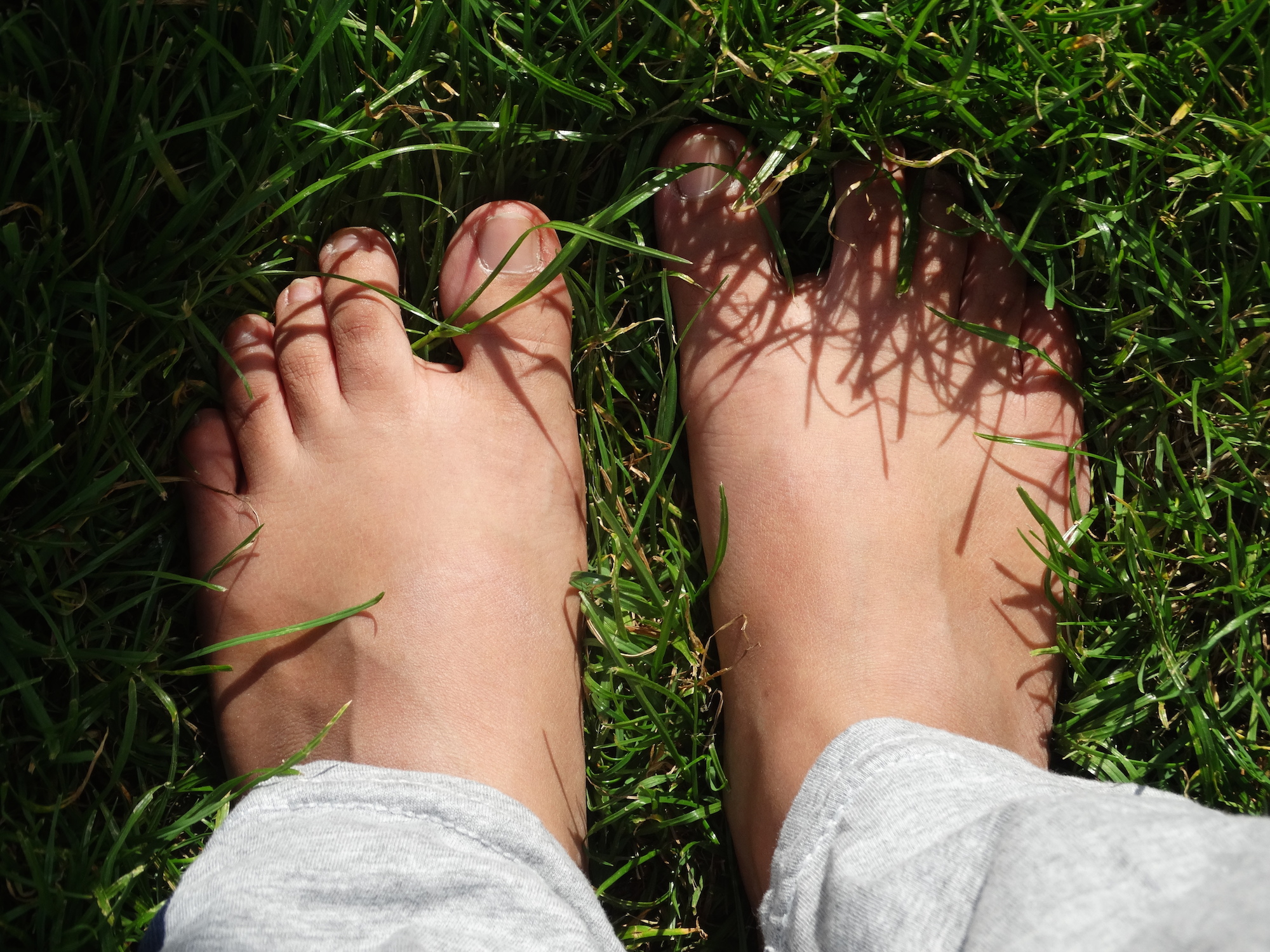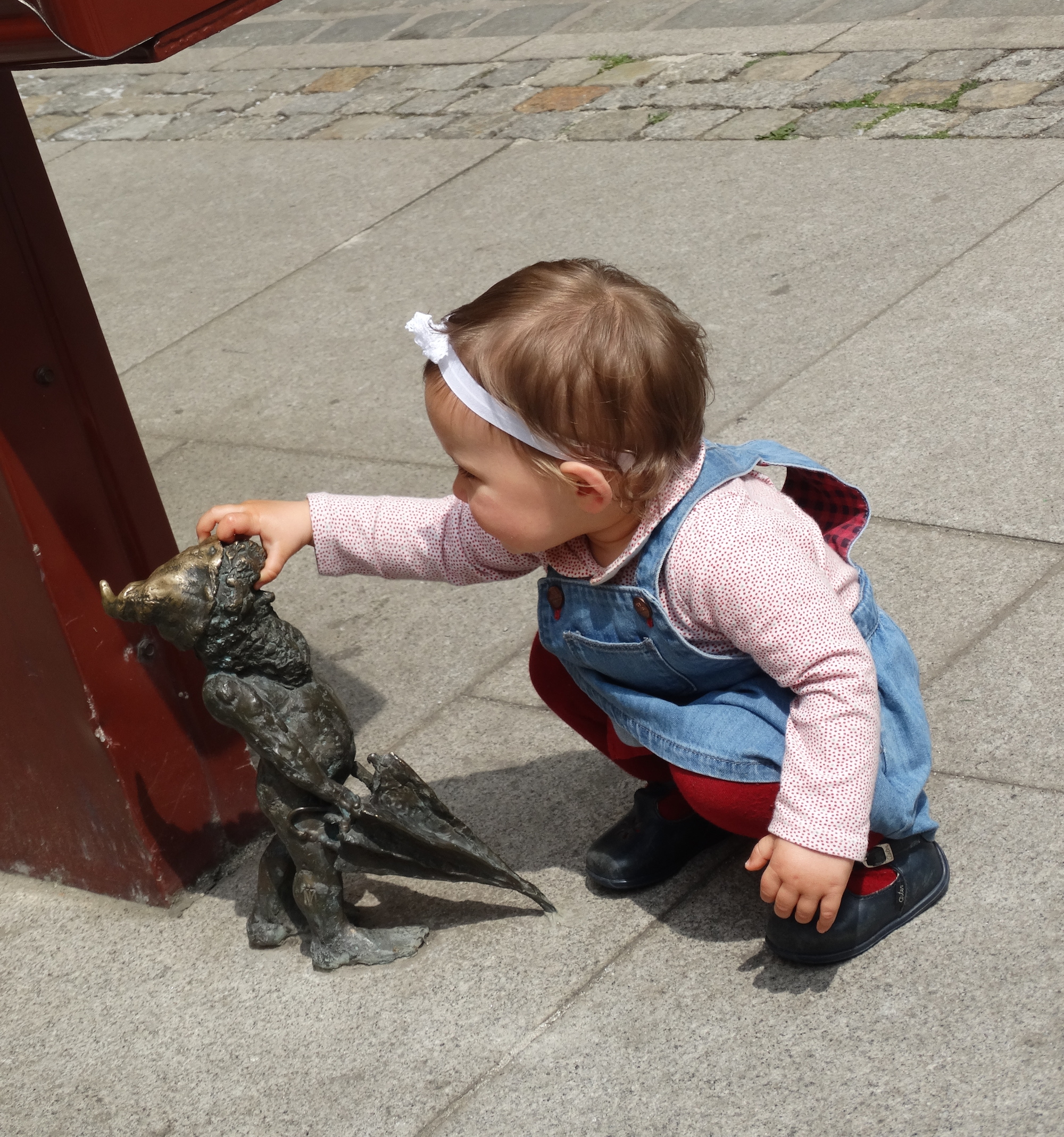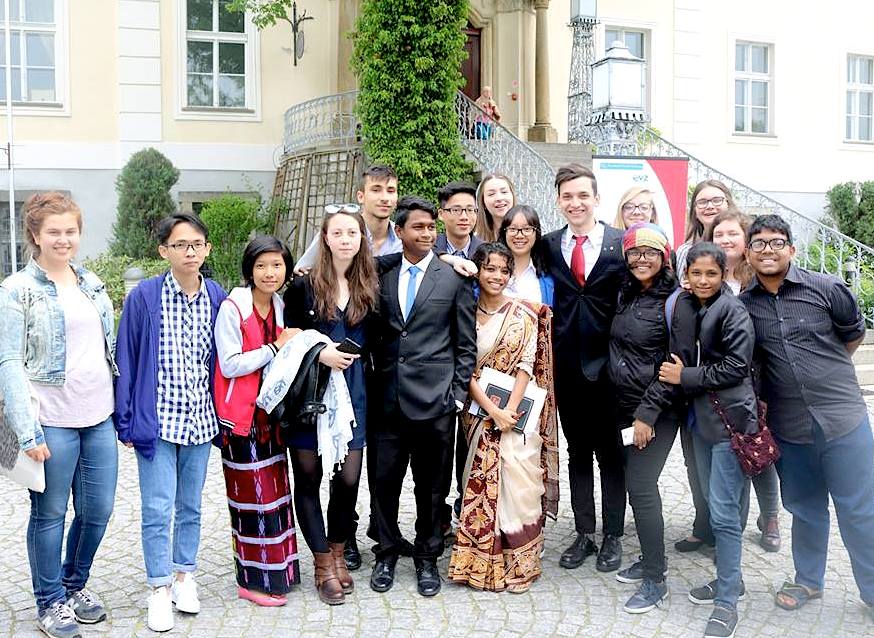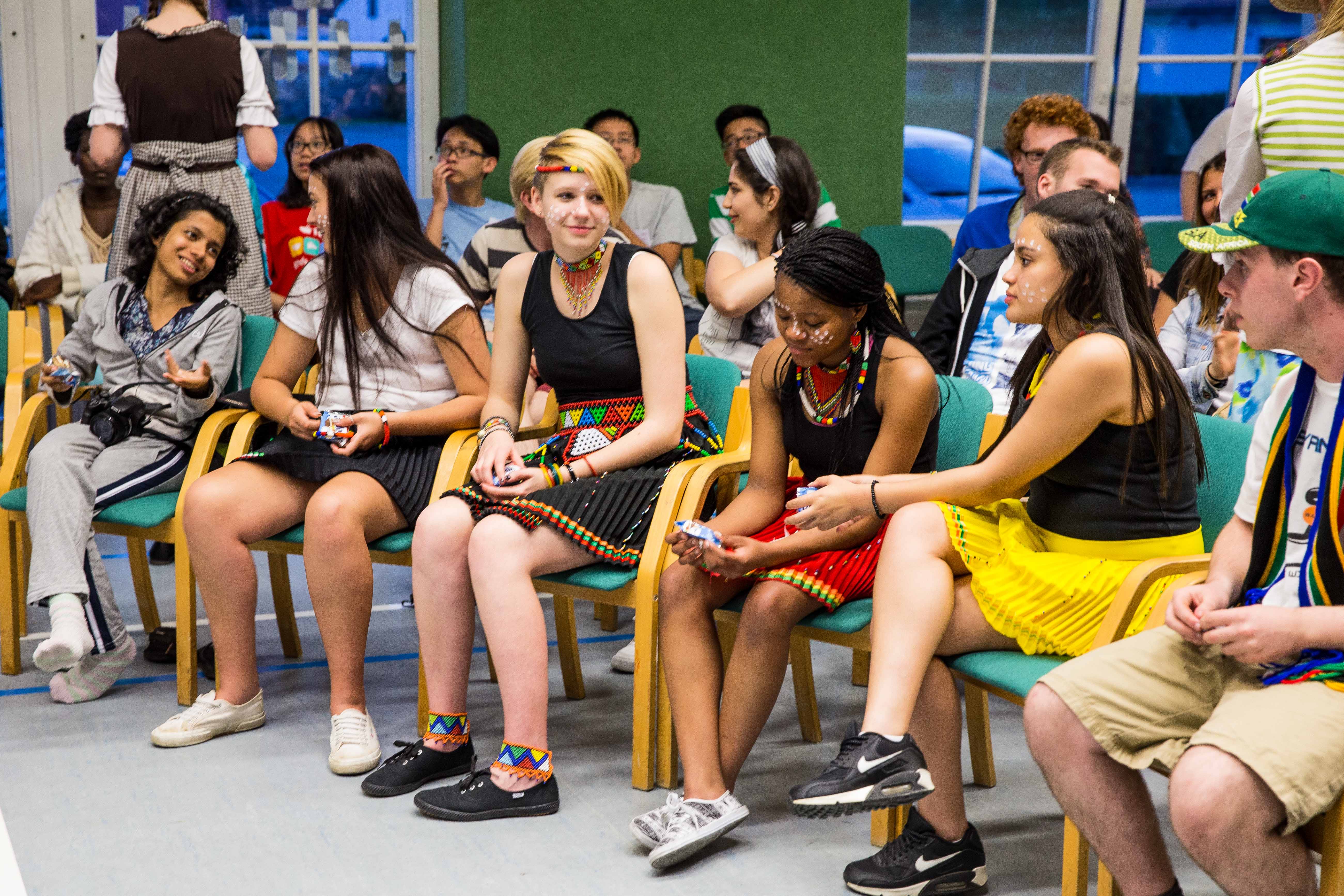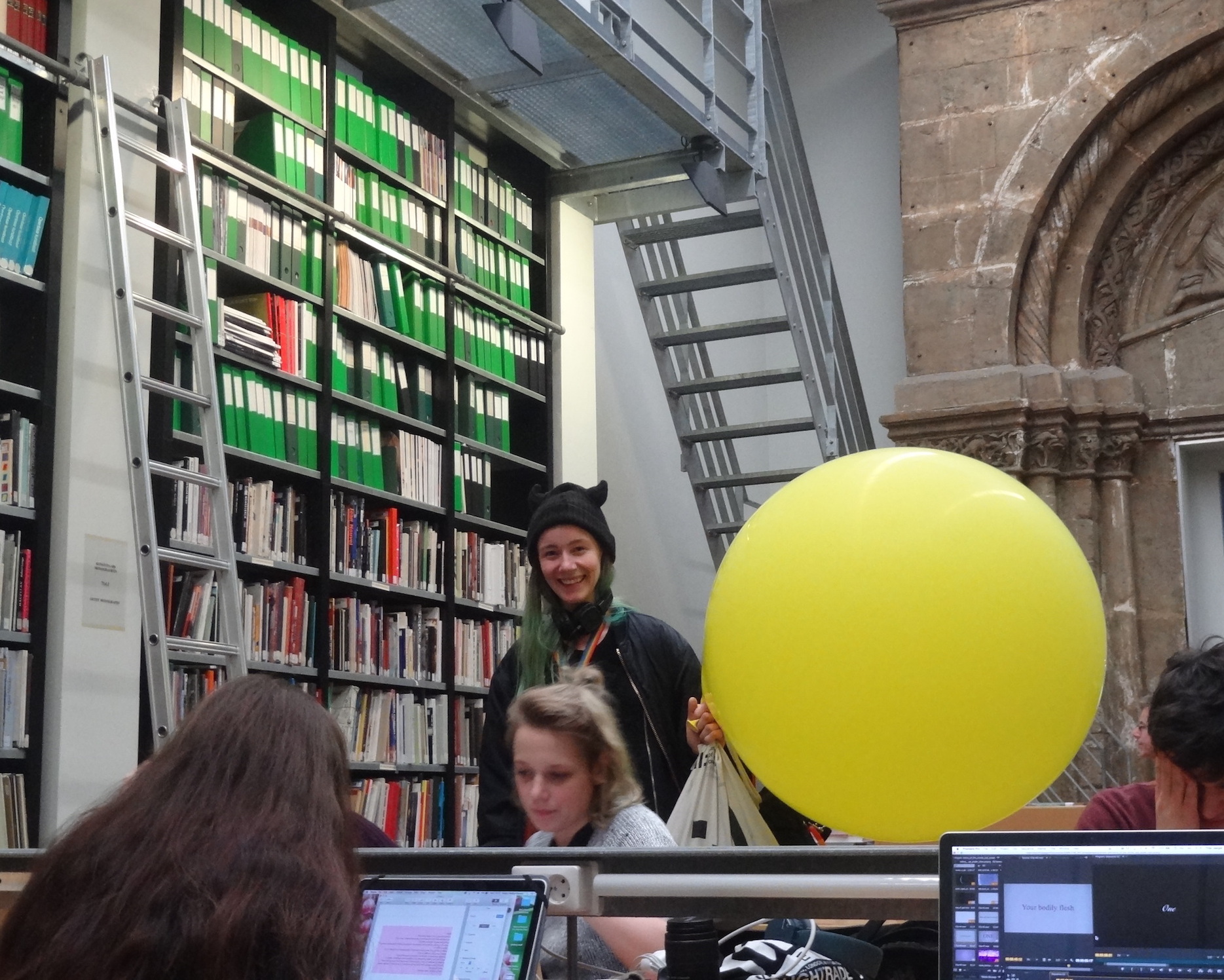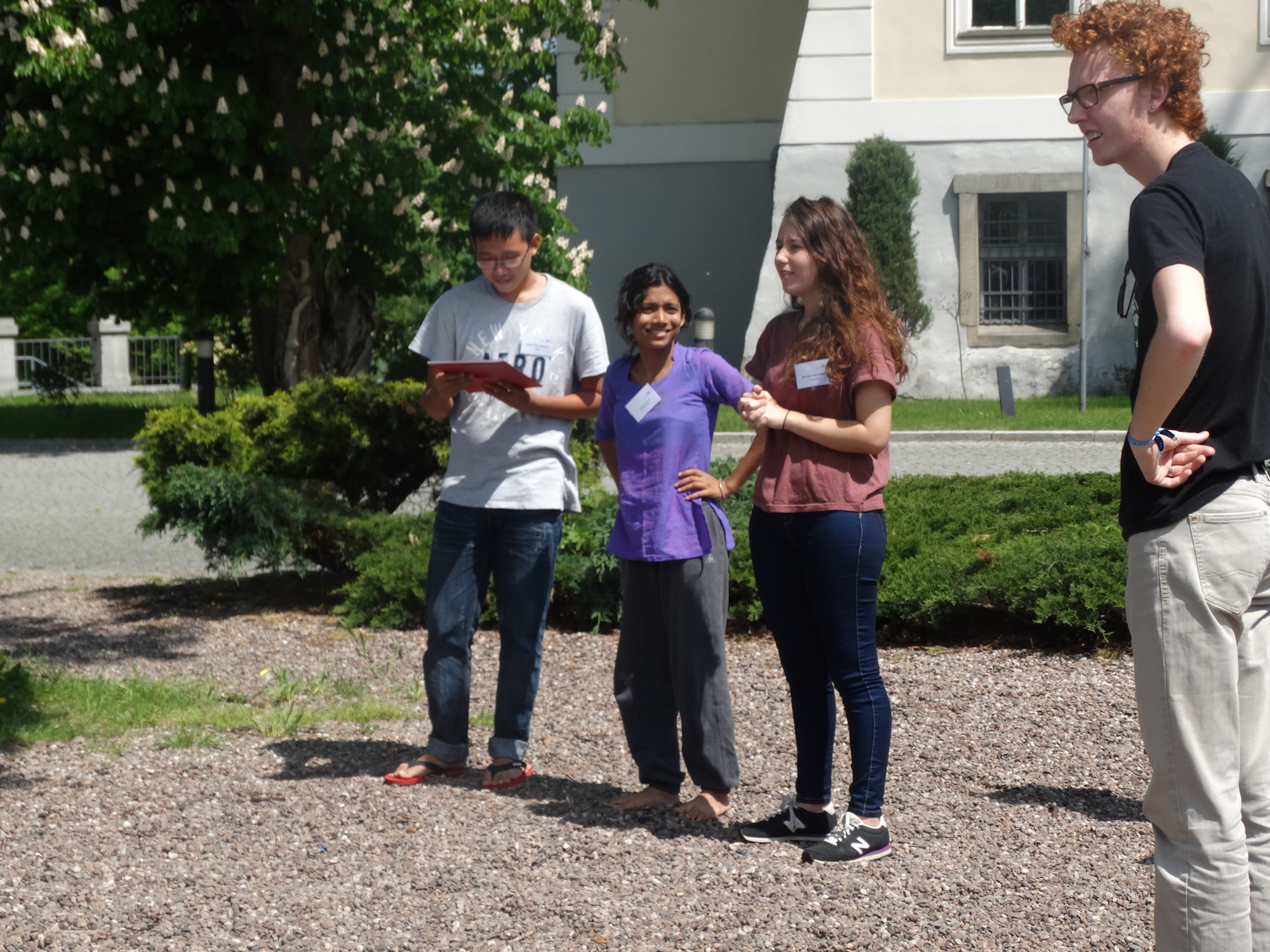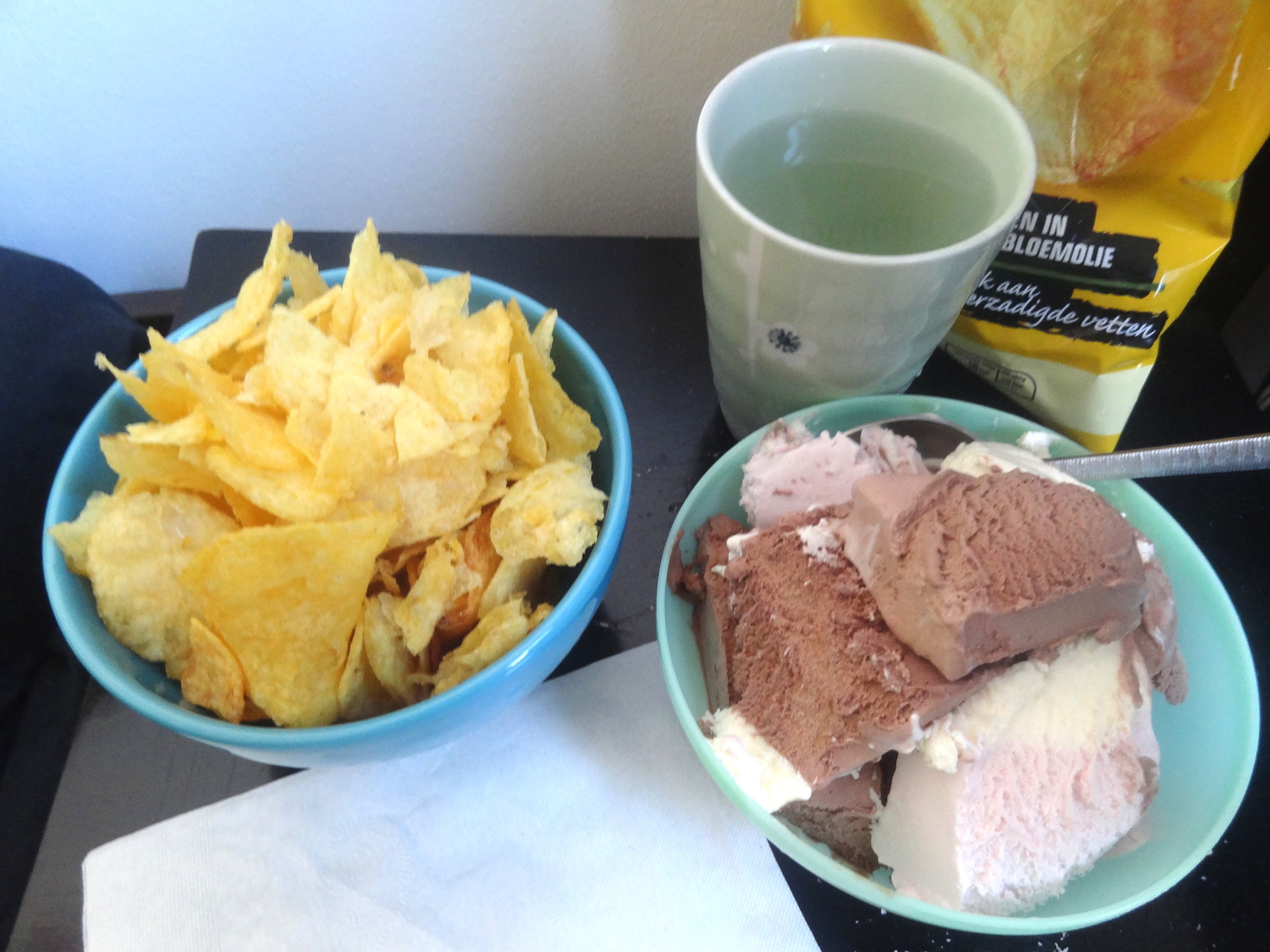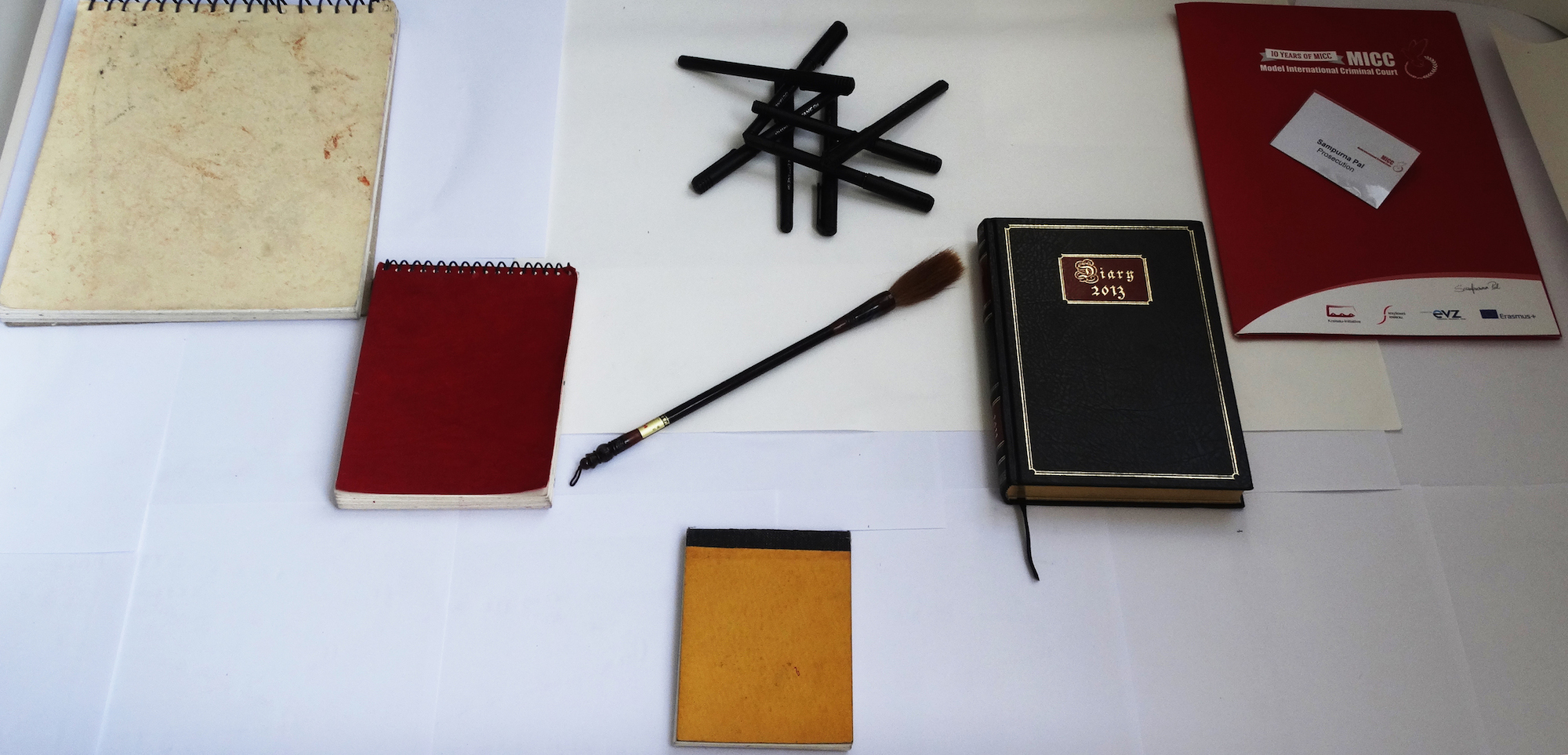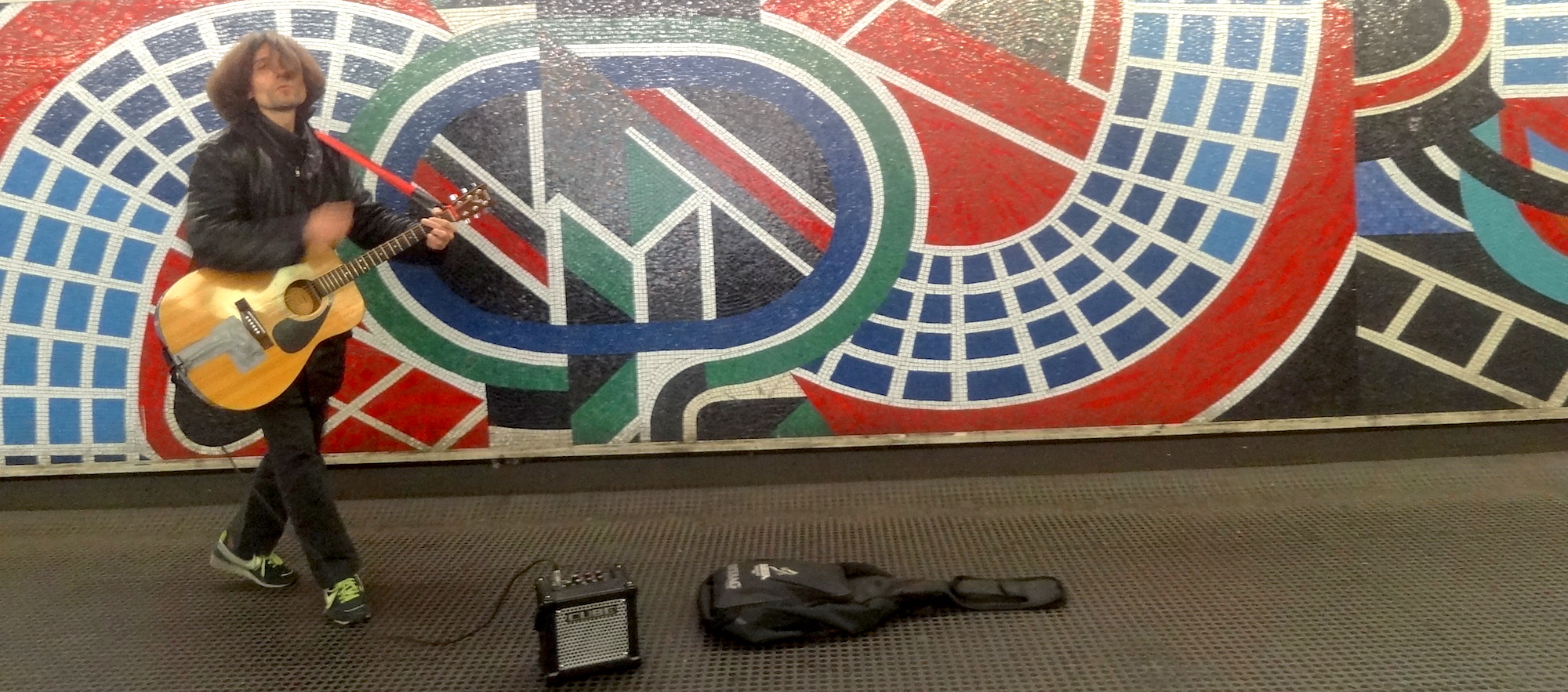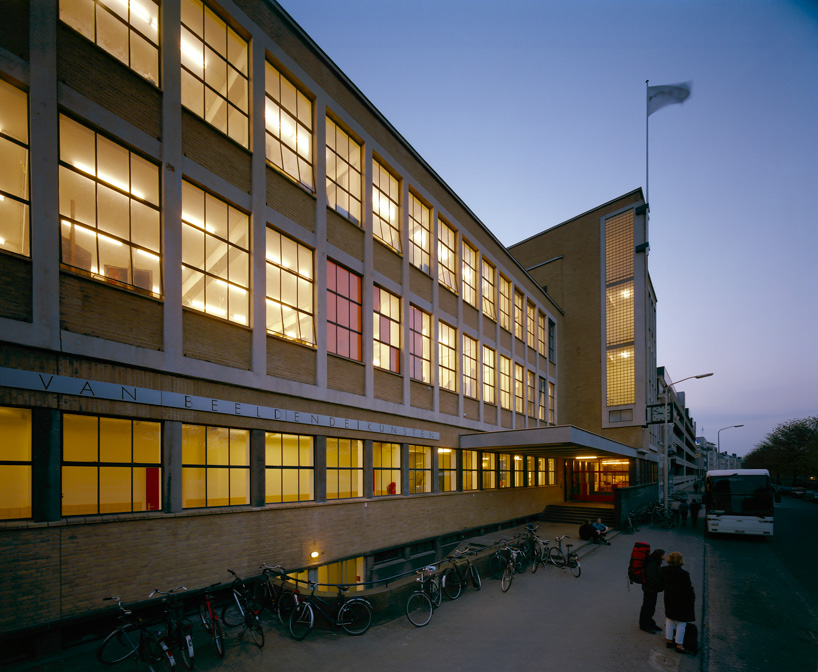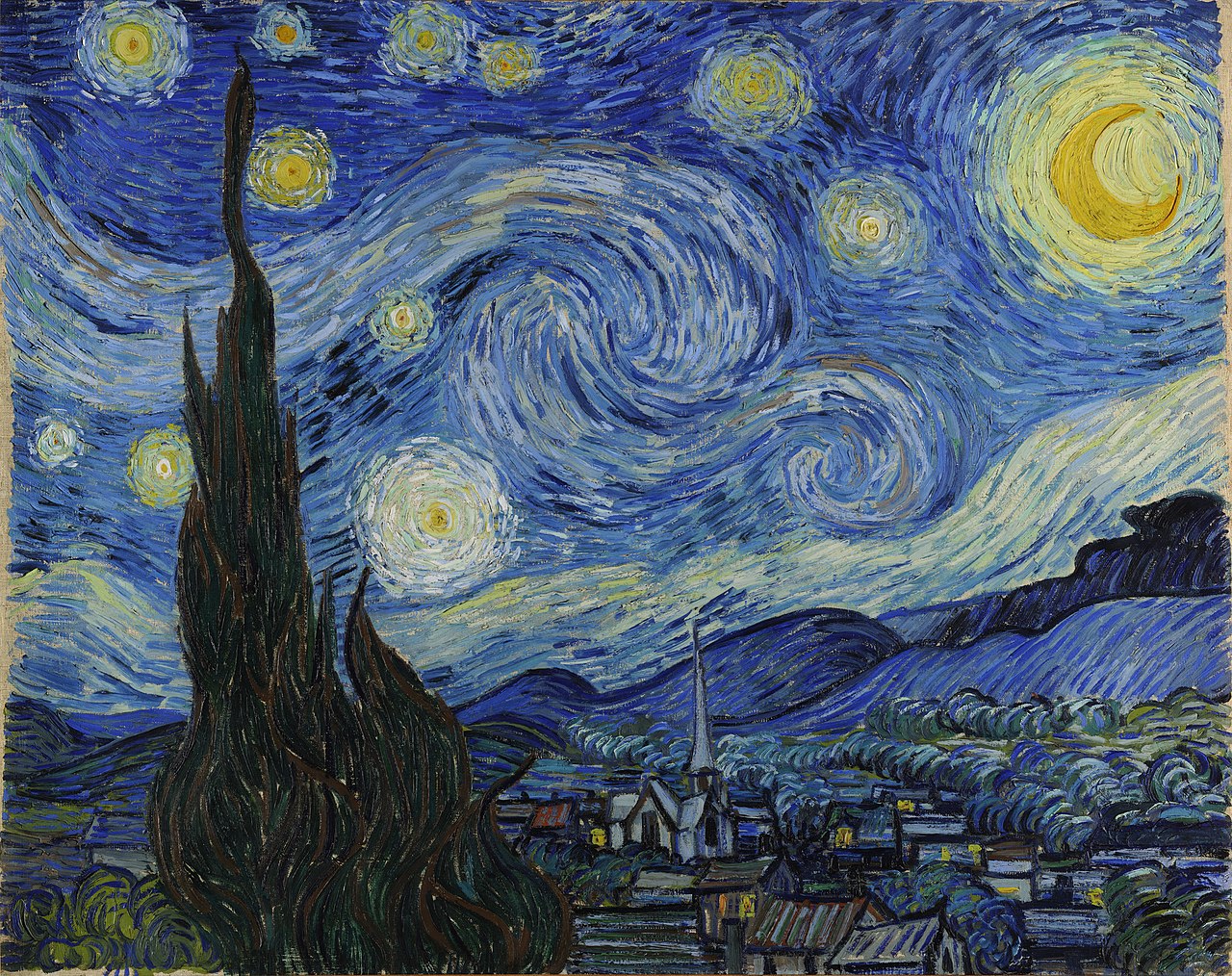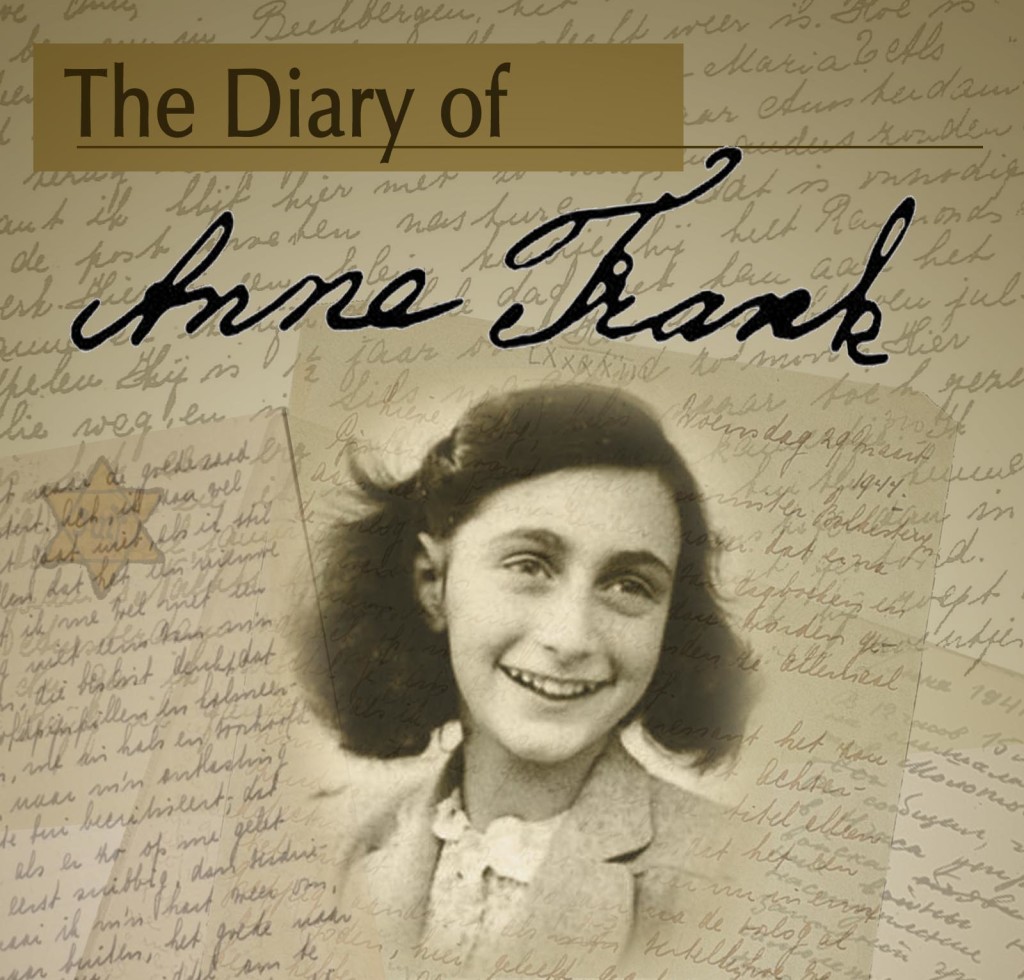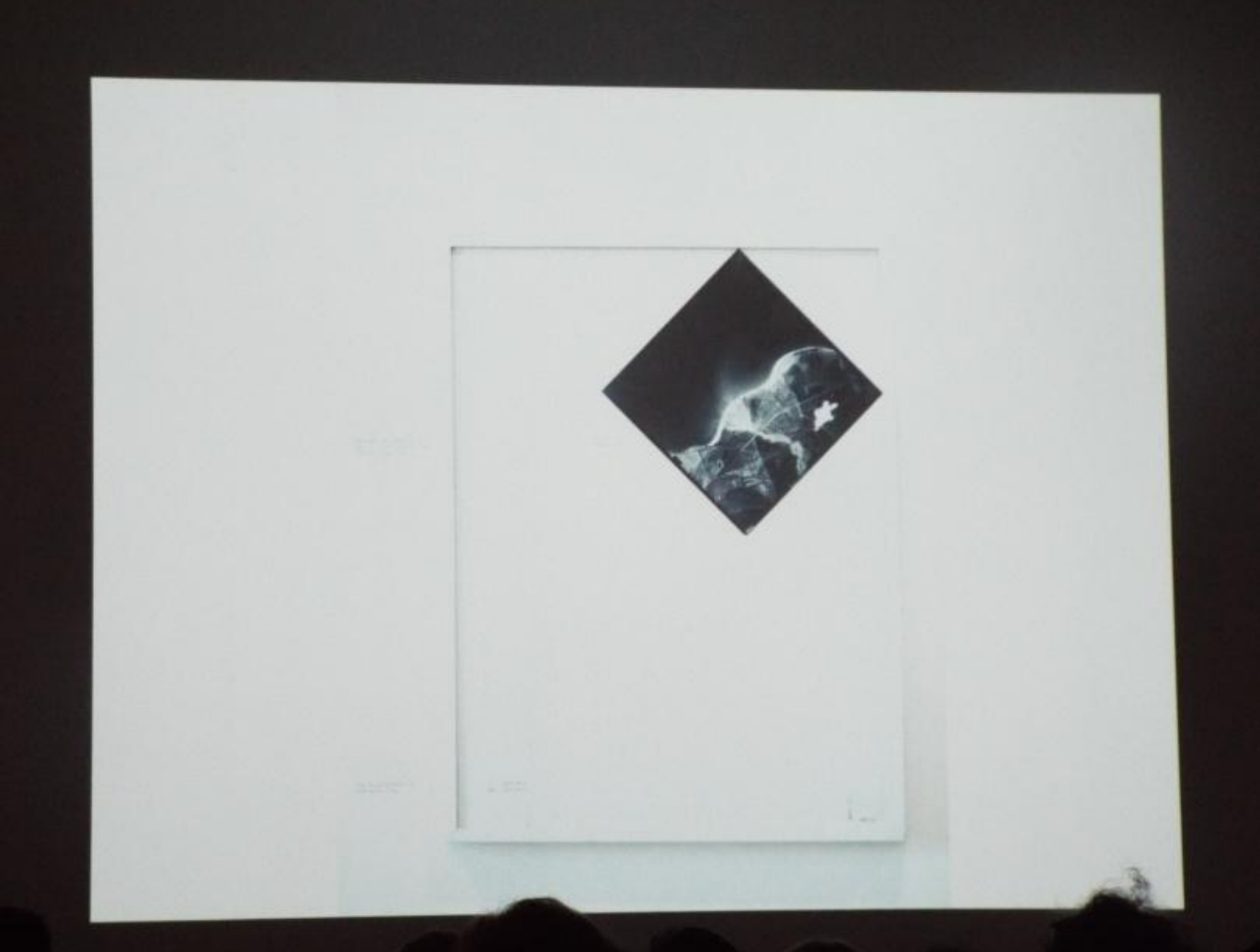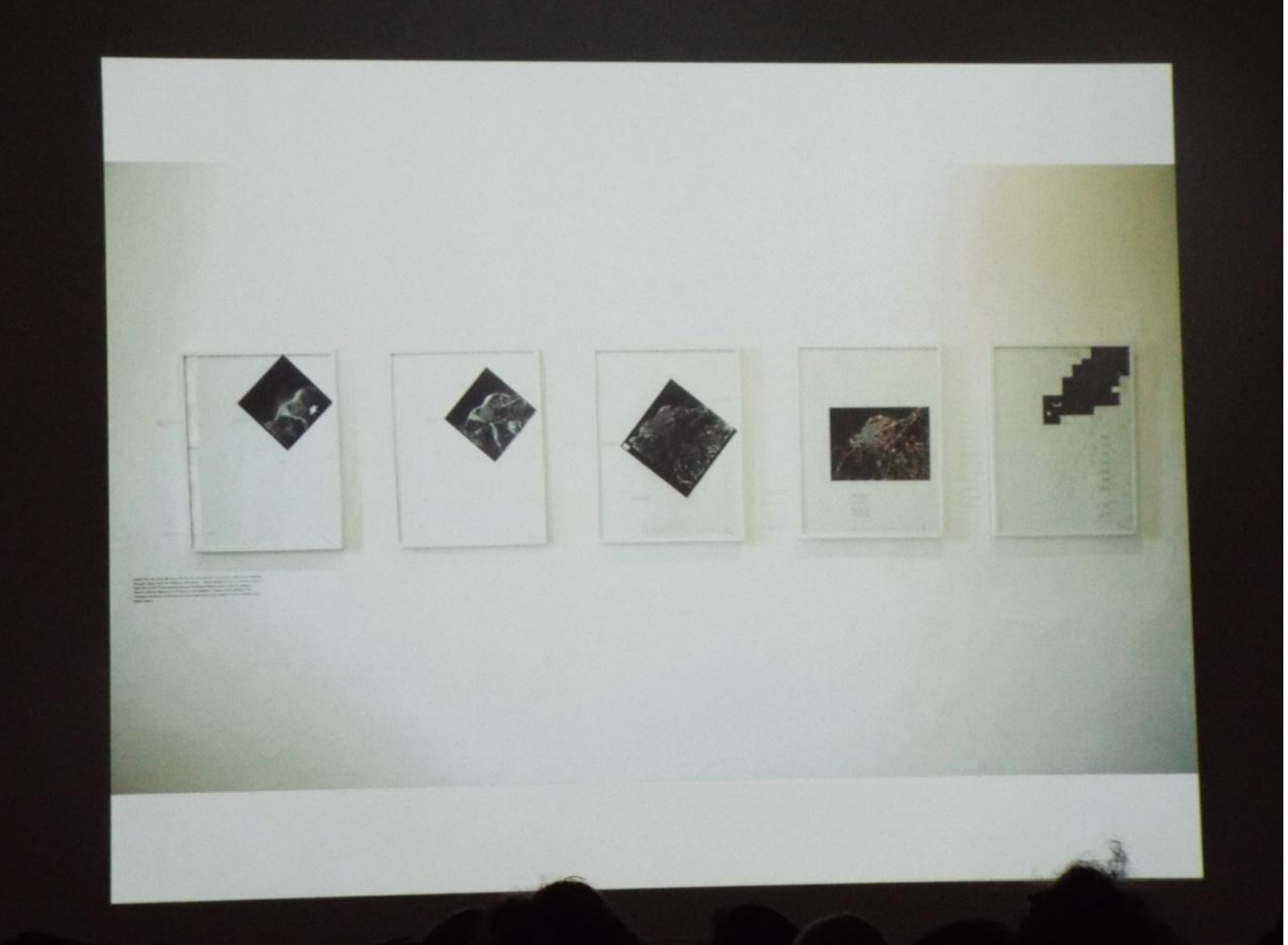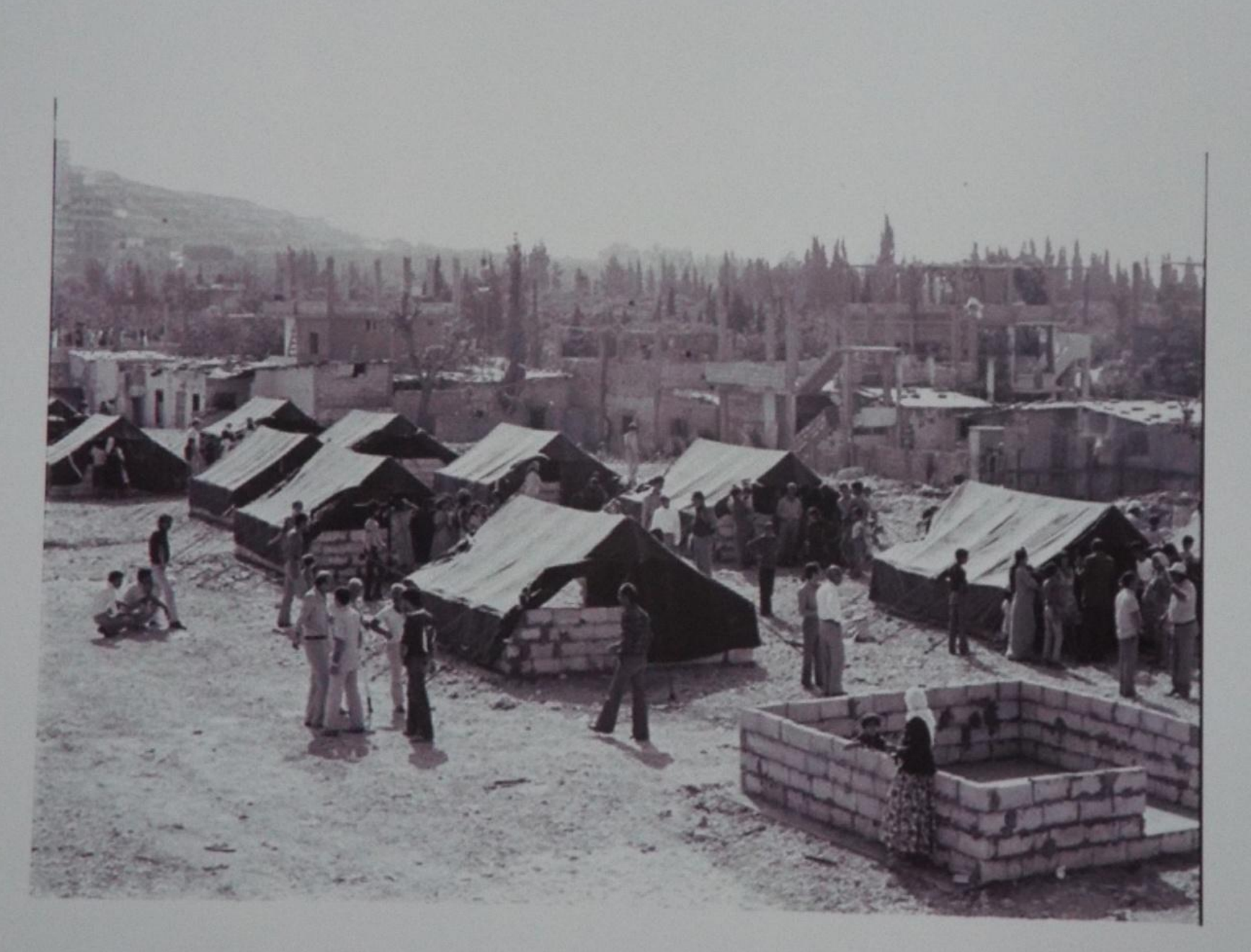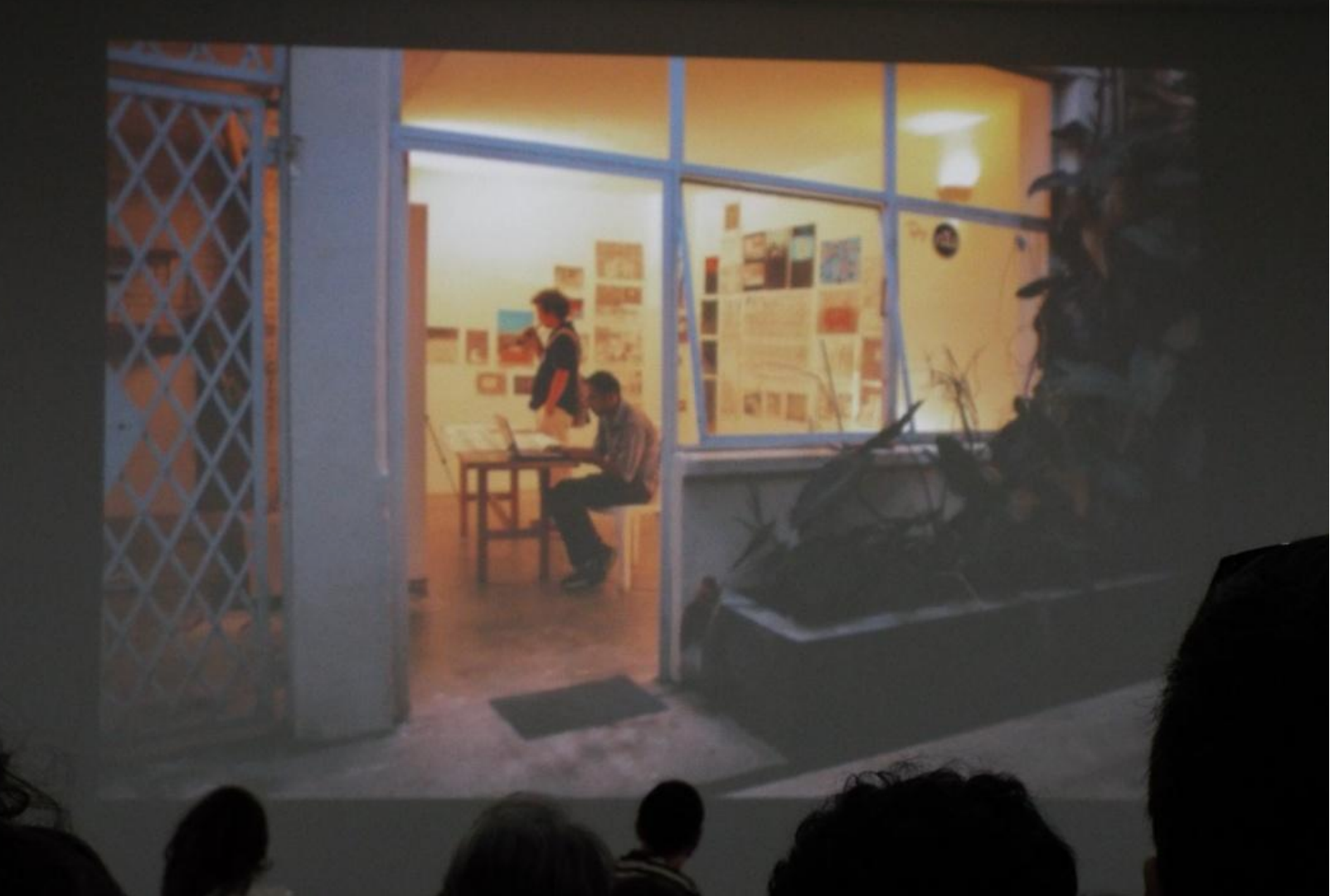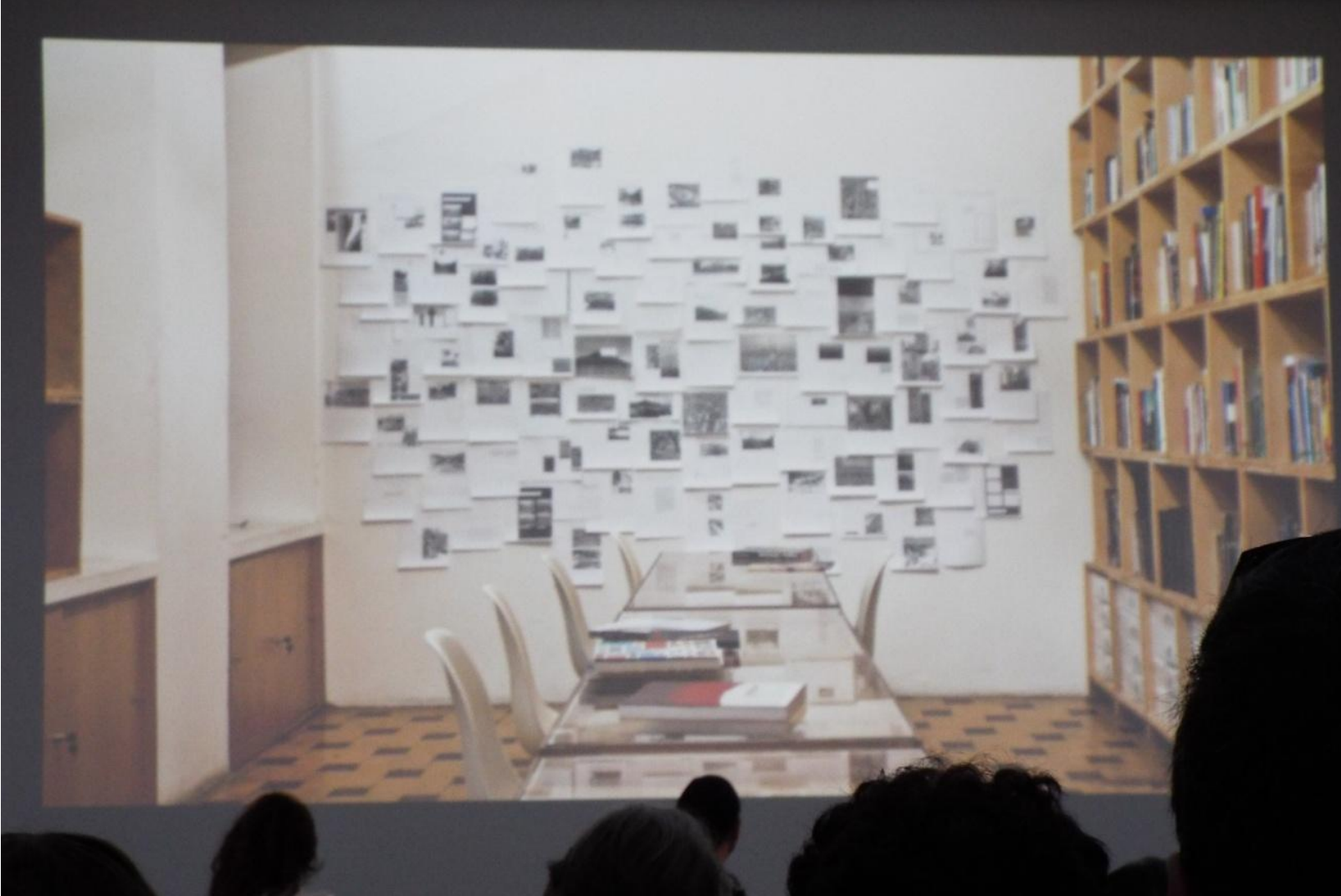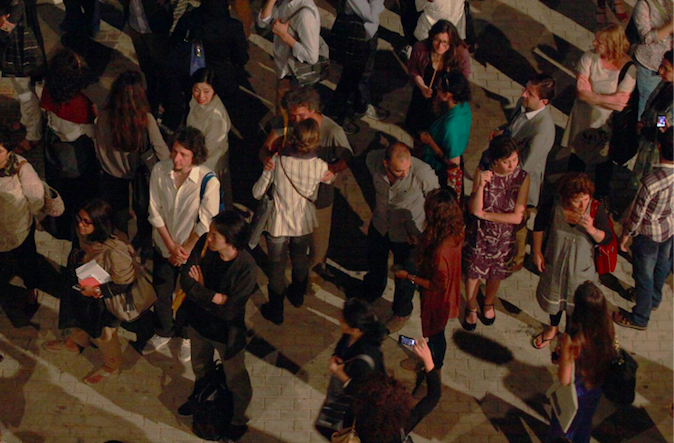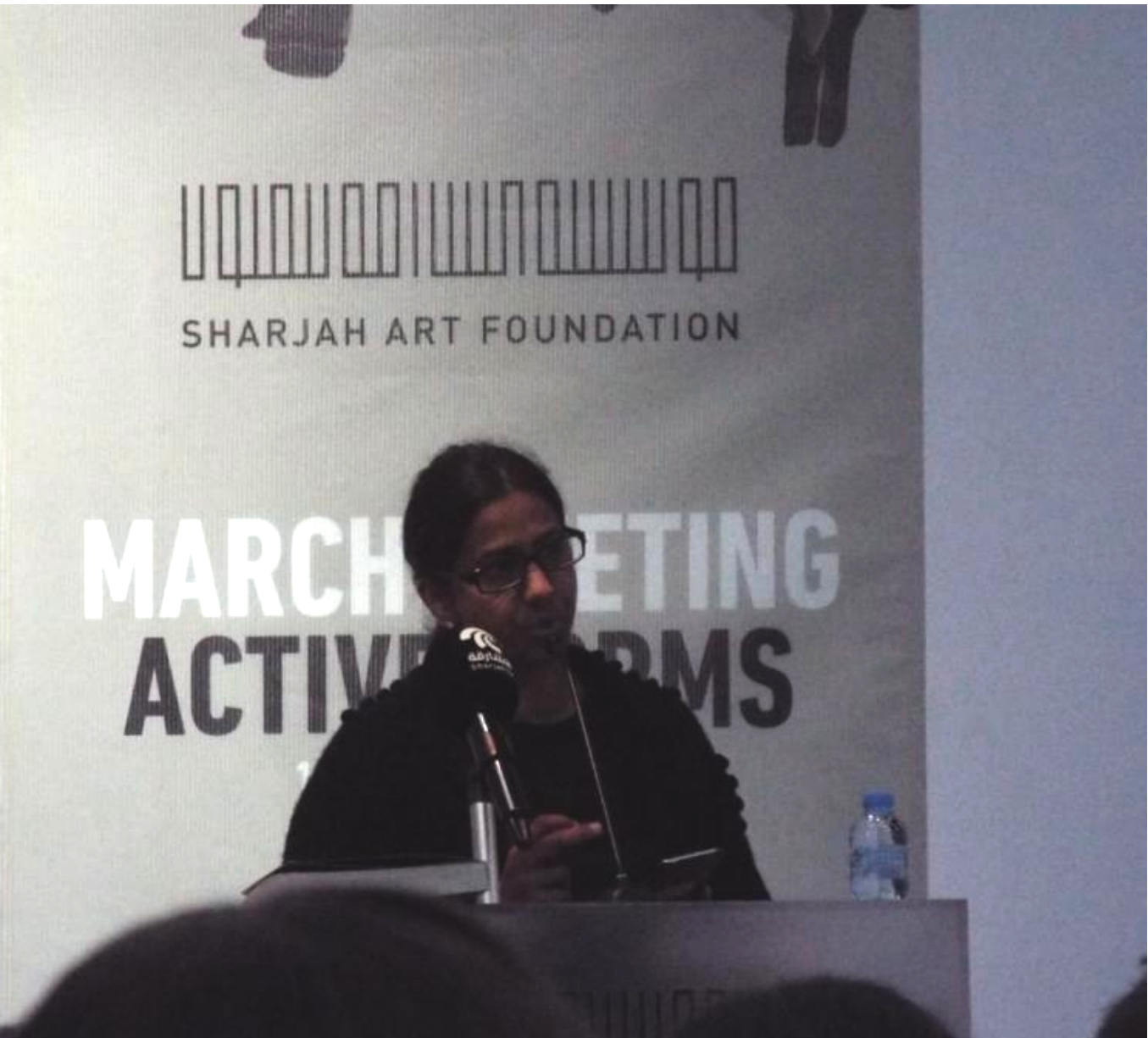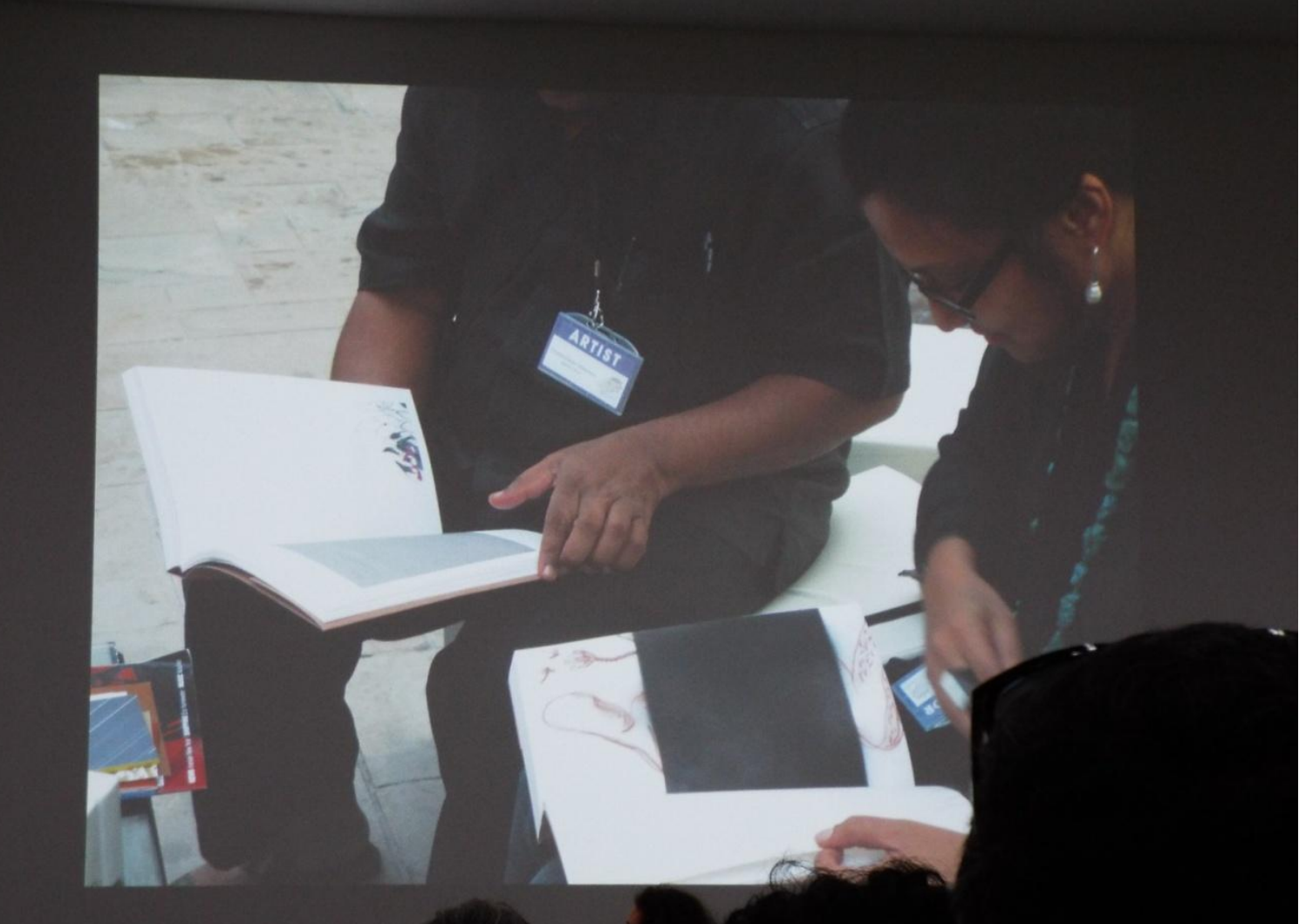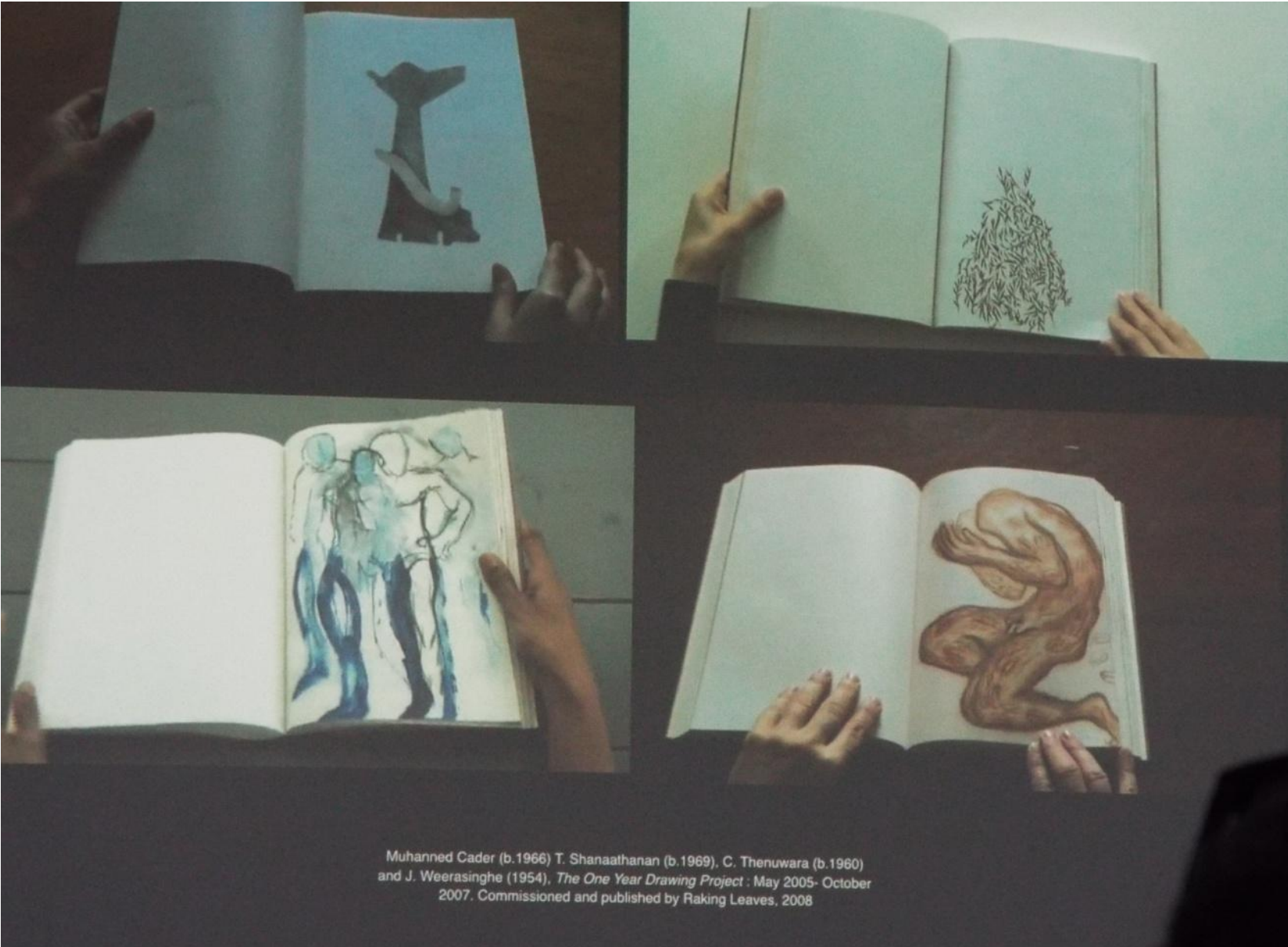‘In Transit: the Ambivalence of Travelling as an Artist-Tourist’
Indian artist Sonam Chaturvedi shares with us the experiences of her first long trip abroad, a residency in the Greek island of Cyprus and travels around Europe, from Russia to Rome...

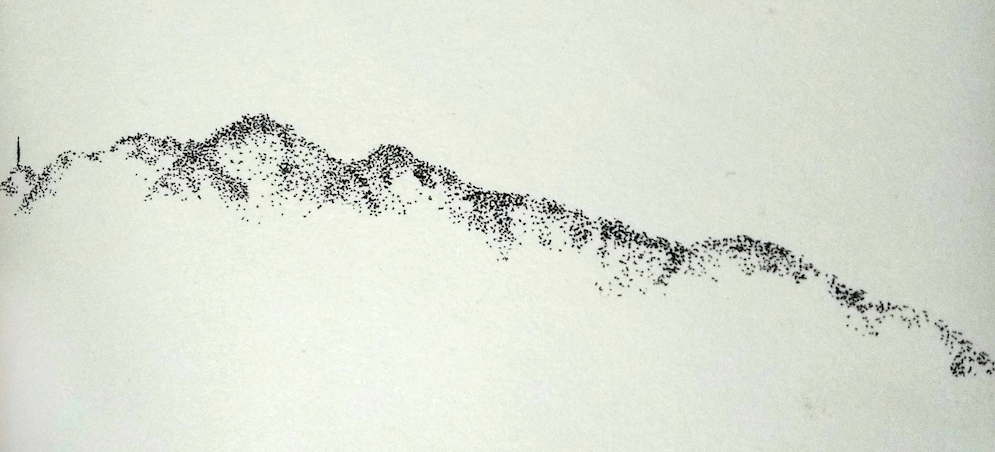
It was my first international residency and travel outside India. I went to Cyprus for the Kammari Residency. (Kammari means ‘room’ in Finnish, and surprisingly Kamra means the same in Hindi). I spent a month there and later went on a two-week Europe trip to Germany, Netherlands, Belgium, Hungary, Italy and Latvia.
When I first landed in Moscow to catch a connecting flight to Cyprus, my 'Indianness' echoed in every eyes I met and my skin color reflected in them more than I had ever seen in a mirror. I never knew how Indian I was until I left my boundaries. The Indian identity is so fragmented. We live in a land of many countries, varying in nature, culture, skin, tongue, philosophies, lifestyle and landscape every few hundred kilometers.
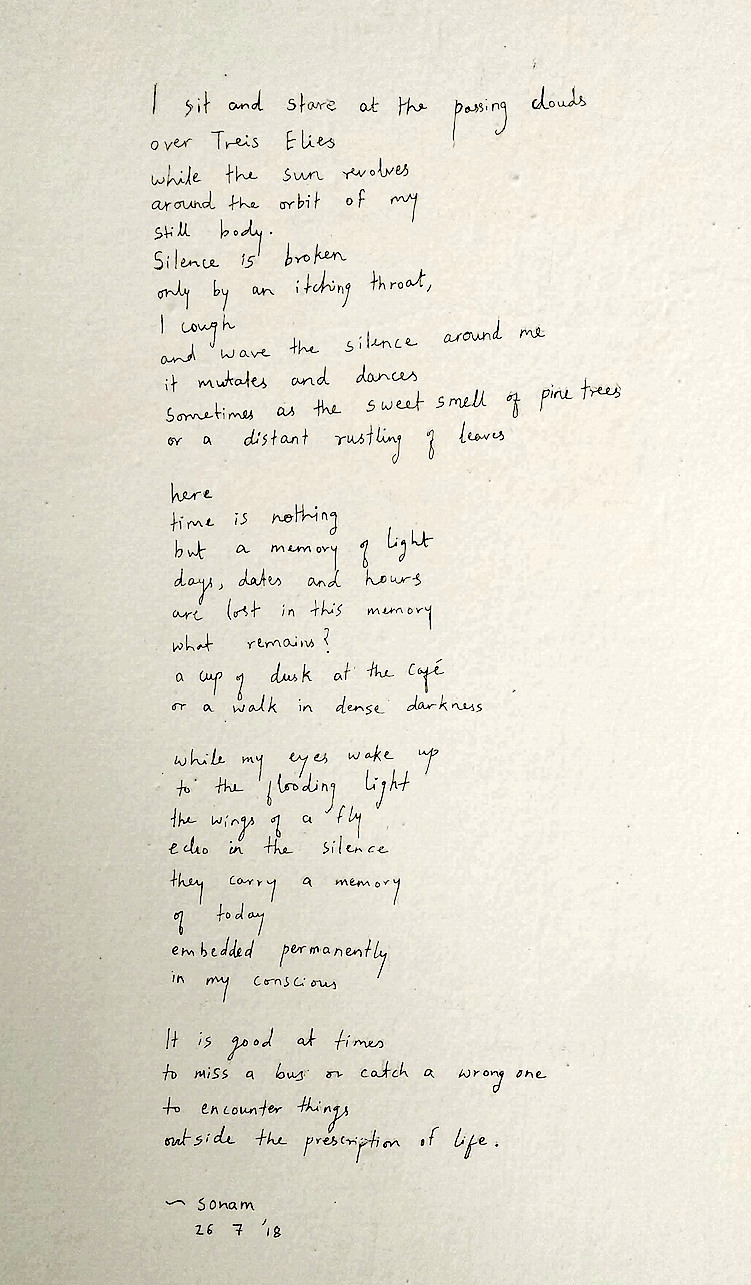
I was camouflaged among people who looked like me and talked in the same language of emotions; I had always tried to veil myself and refrain from standing out in the flood of Indian population.
No hair color,
no tattoo,
no piercings,
no bright colored clothes,
no funky hairstyles or makeup,
no sleeveless or short lengths,
no talking loudly,
no walking strangely,
no overtaking,
no honking,
nothing extreme
or anything at all that would catch attention.
But suddenly I became the magnet for all western eyes. It was discomforting in the beginning but slowly I learned to look away.
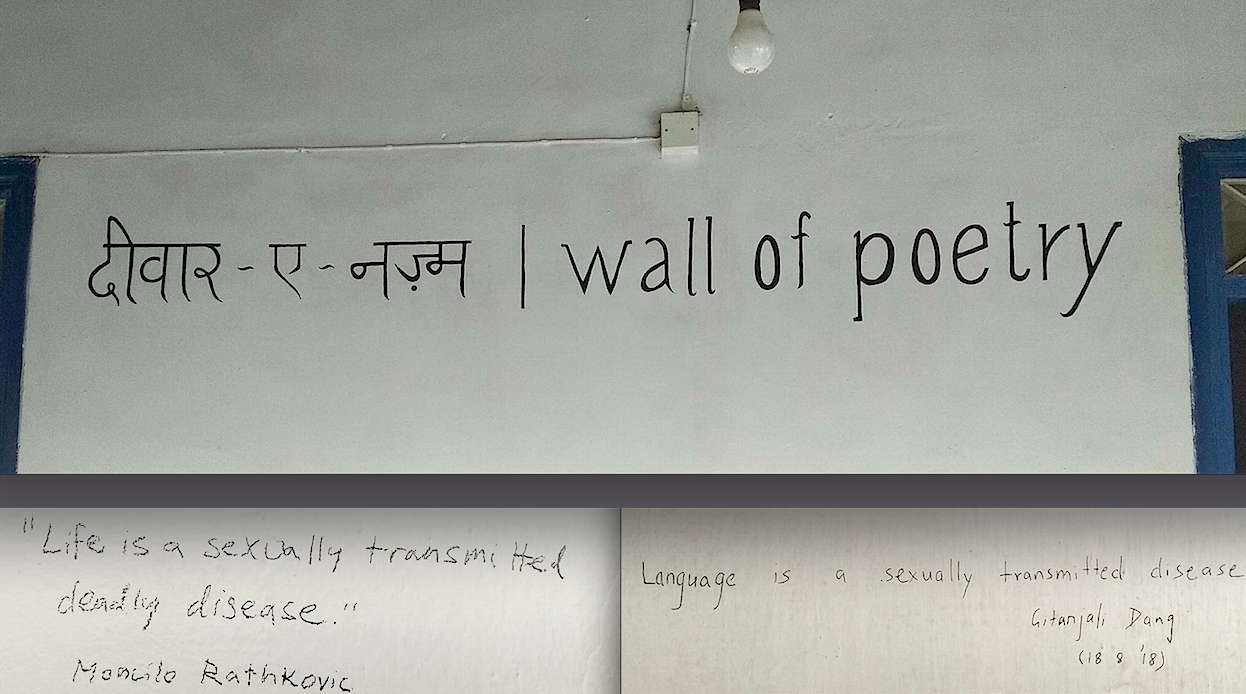
My discomfort increased when I went from Cyprus to other European countries. In Cyprus I was living in a village with a small group of artists whom I instantly connected with. It felt like home. It was at Kammari in Treis Elies, a village in the Troodos mountains, where I met some very inspiring people - who made me look at the world from different eyes. It was a rich cultural exchange and made me introspect on various levels, mainly on what I lacked and what my fears were. This is where I realized how crucial it was for me to travel and explore as an artist. I made two works during the residency, one was an interactive Wall of Poetry, where people were invited to communicate through poetry, responding to each other and thus feeding the wall to grow over time.
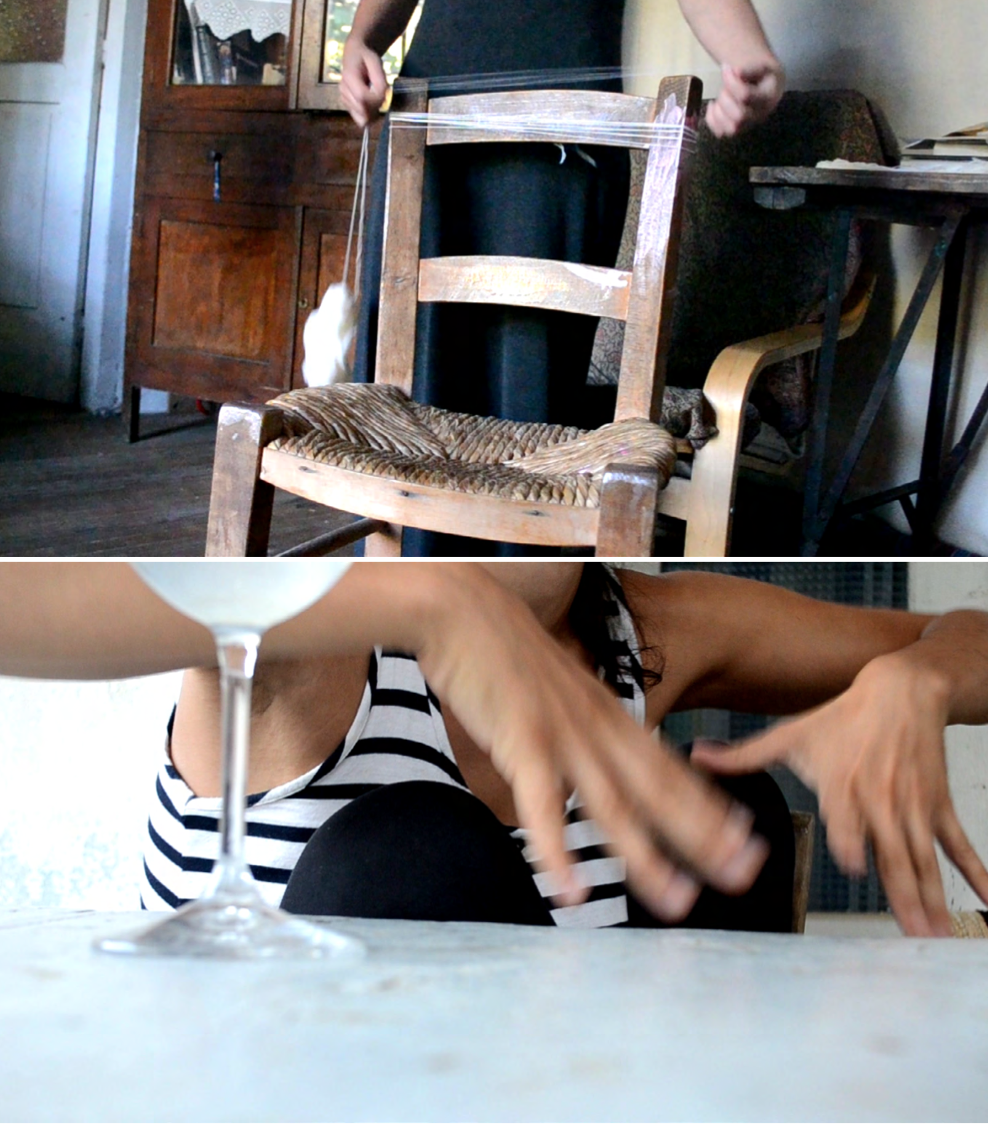
This work had taken roots during another residency at What About Art? in Mumbai (India), where a wall of poetry organically emerged between myself and Gitanjali Dang, a resident writer, on her studio’s sliding door, where it hopefully still stands with all the poetical conversations.
My main project was a film-essay - Memory of light. Treis Elies is a small mountain village isolated from the rest of the world; it has its own small community, sense of time and way of life. It is also called an eco-village because there are many young people who are moving there from the cities to do organic farming.
I was intrigued by the everyday discussions at the residency: gatherings, dinners, playing music, watching films and reading together, among other things. I was also experiencing an inner silence magnified by the natural surroundings, the nature walks, camping and watching shooting stars and a lunar eclipse, listening to minute natural sounds and the pitch darkness of the mountains.
It all came together and materialized in this film, that falls between a documentary and fiction: it is a poetic film-essay that encapsulates my time during the residency and how I was changing through constant dialogue with others.
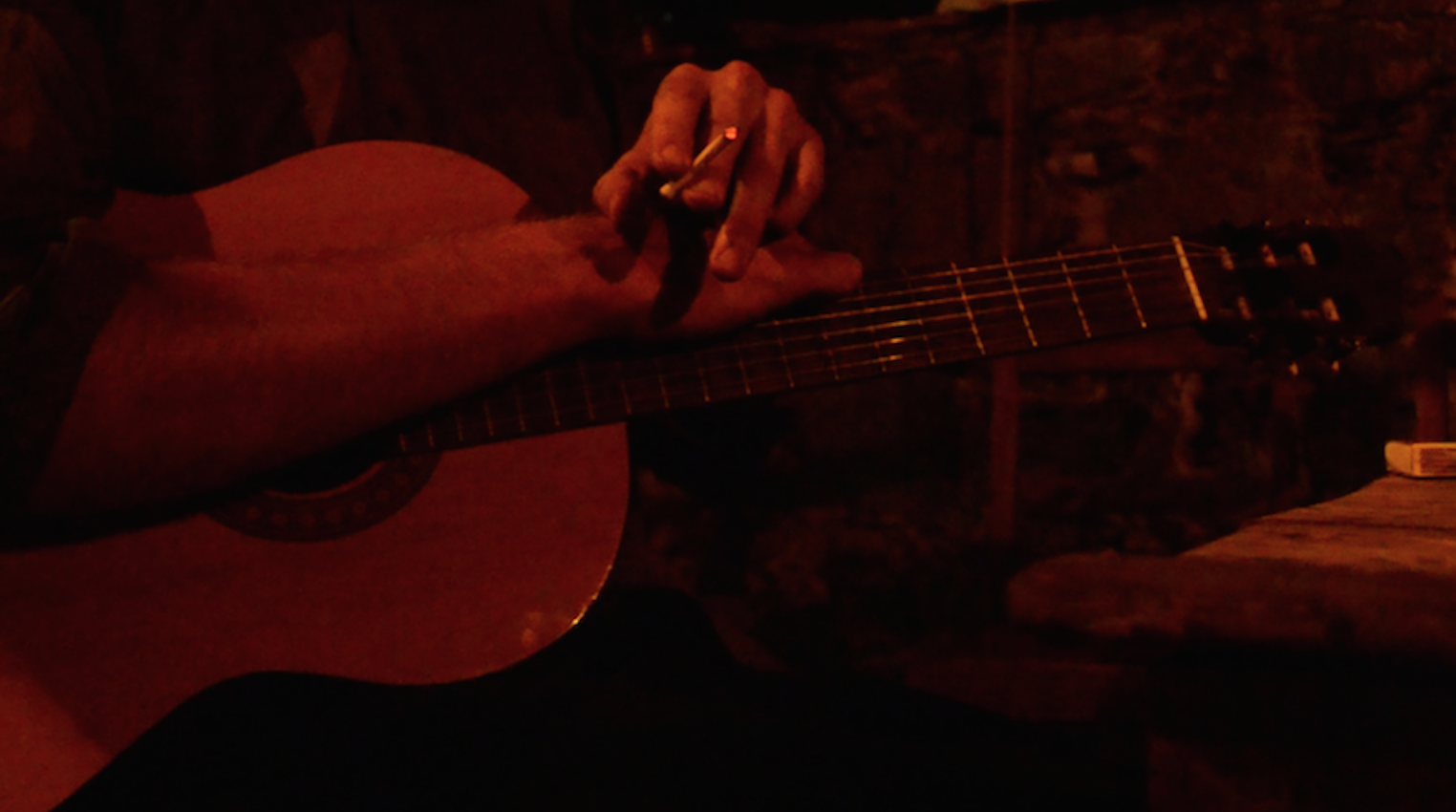
I took interviews of 12 local people and filmed the hands of each person; hands being as expressive as the face, reflecting each person’s distinct character without the direct confrontation served by the eyes.
The title of the film is Memory of Light. Because of my relation to the space and the people, when I was there I experienced time not through the linear clock but through the changing light. It didn’t matter if it was 3am or 6pm, Sunday or Wednesday, January or July, every memory was marked by the intensity of light, the sound, the smell pouring in on me at that precise moment. I left Cyprus as a changed person, with a smile etched with all the beautiful memories and relations.

It is impossible for us as humans to operate without others, and I felt this very strongly while traveling alone in Europe after leaving Cyprus. Though alone, I always had the company of strangers. As an artist it becomes more important since I had the space not only to enjoy places and experiences as a tourist, but to also observe, reflect and introspect as an artist.
Traveling alone is an exercise in truly facing the world, naked. There were silent moments where I felt one with the space - no longer a stranger in a foreign land. I felt it most strongly while doing things which I would also do at home, like acts of taking contemplative pauses, sitting at a bench in a corner barely touched by foreign eyes, and just staring into space, looking at the clouds crawling, the trees rustling and listening to their changing rhythms. I was there and that moment belonged to me, those clouds, trees and the time we spent together was mine.
I recall an experience inside the Pantheon, in Rome, when I felt a oneness with the space. There were more than a hundred people, but I was alone while witnessing the most mundane yet magnificent phenomenon: the passing of clouds over the Pantheon.
I was looking up and the clouds were peering down at me. During the encounter I was completely taken aback by this slow film playing above me, with the background music of the chattering crowd. It was a perfect metaphor for contemporary urban life. The cameras taking selfies, emitting light and sound in duet with their owners laughing, shouting and buzzing around like flies, while the clouds slowly, stealthily crawled above us, enjoying a view of this circus beneath through the circular screen provided by the Pantheon.
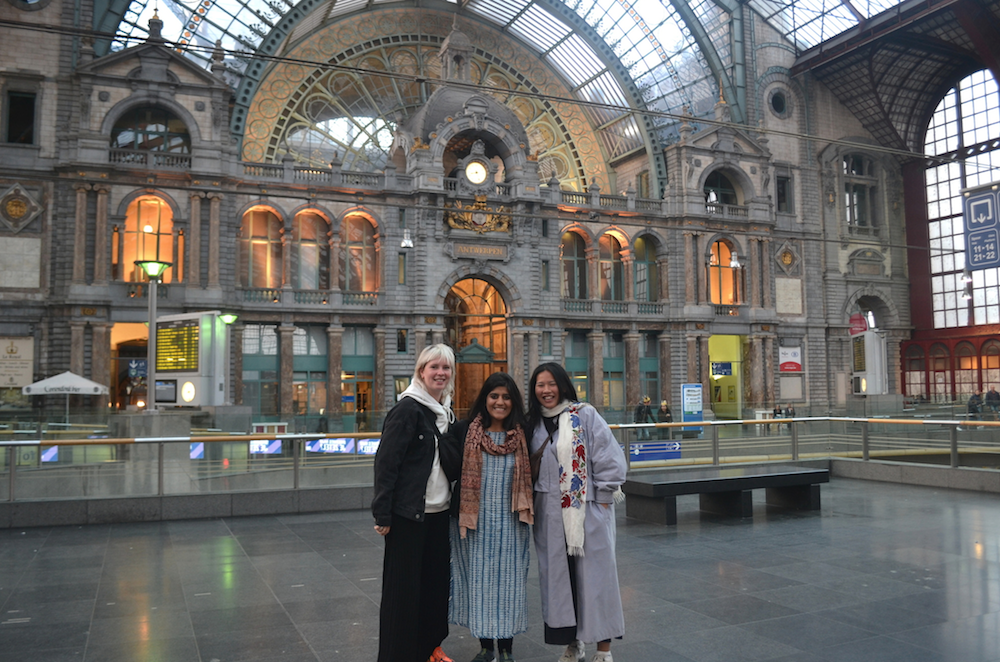
During my travels, I visited some friends who gave momentary company to my alone self. Last year Building Bridges project, curated by Ushmita Sahu and organized by Emergent Art Space, facilitated and developed many long-term relations between the participating artists and organizers. One such relation evolved between myself and Tatjana Henderieckx, when she visited India for one of the exhibitions, and we organized a pop-up show together. She and another artist who also became a friend, Charlot Van Geert, stayed with me. In no time we were laughing and sharing a beautiful relationship beyond boundaries which would then travel with me to Belgium. I made a stop in Belgium and spent three memorable days with them and their friends, thus building a web of bridges across nations, thanks to Emergent Art Space.
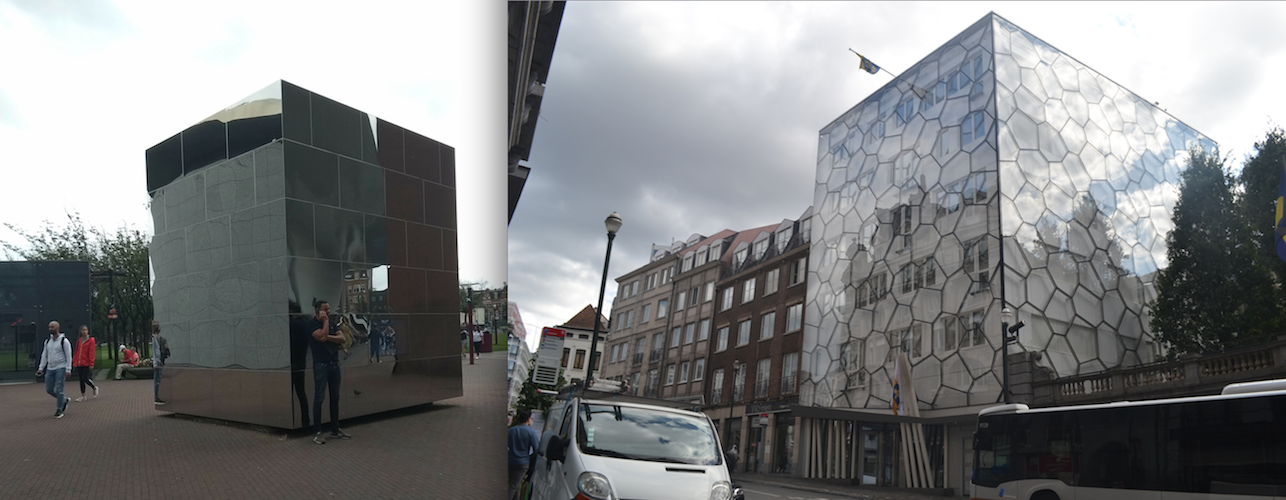
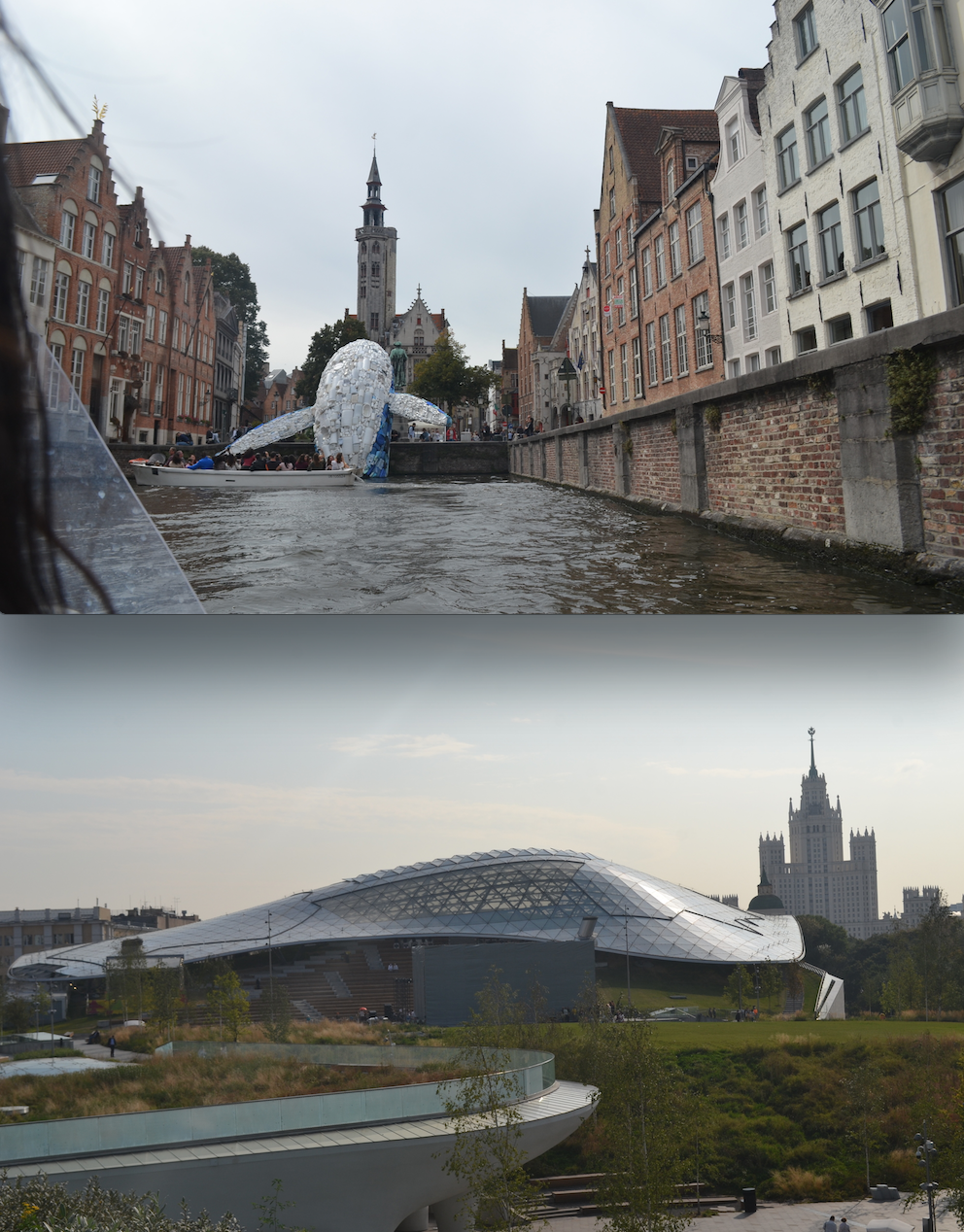
I think that for an artist, as much as learning from reading, the creativity food comes from traveling. The real-life experiences, encounters and obstacles give an artist’s thirsty and creative self more longing, a perpetually unsatisfied wish to pursue and capture what s/he observes.
It was disappointing to see the continual efforts of contemporary artists and architects to make public art/architecture between the beautiful Renaissance, Baroque and classical European architecture, trying to create something equally beautiful. There was a sharp architectural absurdity where modern architecture or public art was inserted within the old architecture, which in most cases looked odd and stinging to the eyes. What I admired most in the architectures and public art was the recurring use of mirrors/reflective-glass which multiplied the experience of being within and surrounded by the centuries old architecture and magnified its beauty.

SELECTED PHOTOS FROM THE TRAVEL ARCHIVE
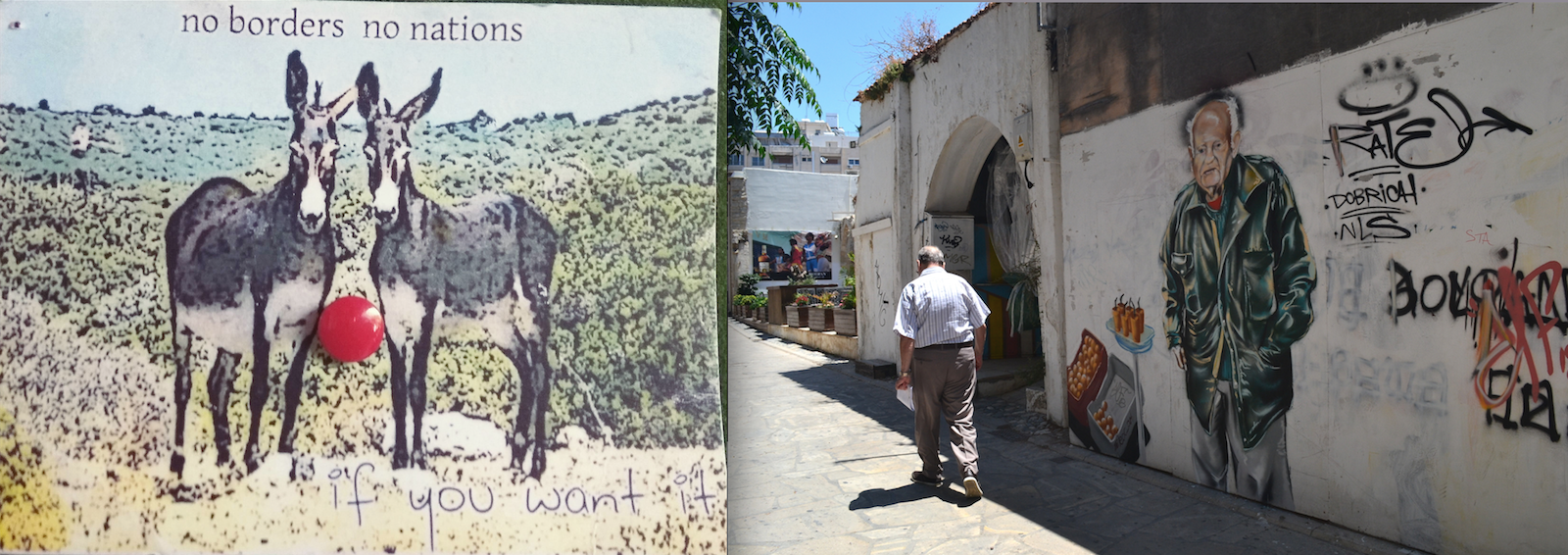 Found this as a very surreal image, but... 'I want it', Galata, Cyprus | A memorial graffiti for a fruit-seller who used to sell at the same spot, Limassol, Cyprus.
Found this as a very surreal image, but... 'I want it', Galata, Cyprus | A memorial graffiti for a fruit-seller who used to sell at the same spot, Limassol, Cyprus.
 Latvia’s largest Sauer organ at Old St. Gertrude’s Church, Riga, Latvia | Spotted a sculpture with binoculars, Antwerp, Belgium
Latvia’s largest Sauer organ at Old St. Gertrude’s Church, Riga, Latvia | Spotted a sculpture with binoculars, Antwerp, Belgium
 A sculpture from a window shop imitating window shoppers, Bruges, Belgium | Statue of Hungarian poet Attila Jozsef looking over the Danube River; alongside a line from his poem 'By the Danube': ‘As if it flowed from my own heart in spate, Wise was the Danube, turbulent and great...’ | I almost thought it was just a life-less mannequin and went close to it to photograph; suddenly the hand moved and I was taken aback! Outside Castel Sant’Angelo, Rome, Italy.
A sculpture from a window shop imitating window shoppers, Bruges, Belgium | Statue of Hungarian poet Attila Jozsef looking over the Danube River; alongside a line from his poem 'By the Danube': ‘As if it flowed from my own heart in spate, Wise was the Danube, turbulent and great...’ | I almost thought it was just a life-less mannequin and went close to it to photograph; suddenly the hand moved and I was taken aback! Outside Castel Sant’Angelo, Rome, Italy.
 Another struggling artist at work with all the tourists (including me) buzzing around her, Red square, Moscow, Russia. | Shoes on the Danube Bank Memorial
Another struggling artist at work with all the tourists (including me) buzzing around her, Red square, Moscow, Russia. | Shoes on the Danube Bank Memorial
 Graffiti on a building, Riga, Latvia | Almost an art-installation? It wasn't a very pleasant sight, but I was intrigued to see this practice in many places in Europe, couples fixing locks etched with their initials to gates and bridges. A bridge at the Centre of Riga, Latvia.
Graffiti on a building, Riga, Latvia | Almost an art-installation? It wasn't a very pleasant sight, but I was intrigued to see this practice in many places in Europe, couples fixing locks etched with their initials to gates and bridges. A bridge at the Centre of Riga, Latvia.
